|
My last article about Abruzzo was an introduction to this amazing wine region in Italy. If you missed it, here is the link. thewineknitter.com/1/post/2022/07/auguri-allabruzzo.html While touring Abruzzo, I was introduced to Villamagna DOC, situated in the province of Chieti. It is a very tiny but impressive appellation nestled within a small medieval village filled with history and charm. Villamagna derives its name from an ancient Roman settlement. Villa means “farm,” and magna means “large.” This area is a haven for viticulture. 10 km to the east is the Adriatic Sea, and 10 km to the west are the slopes of the Majella massif, making it a perfect setting for the vineyards here. In the late 1990s, a dedicated team of winemakers and local wineries began studying soil composition, analyzing data from previous decades of harvests, studying vineyard exposure, and clone analysis of the Montepulciano grape. From this study, it was determined that a small area in and around the village of Villamagna was most desirable for the production of “great red wines” from unique clones of the Montepulciano d’Abruzzo. The Villamagna DOC was established in 2011, focusing on red wines produced from Montepulciano grapes. With only 85 hectares and seven wineries, this DOC’s objective is to make the best red wine in the Abruzzo region, concentrating on quality control and specific aging requirements. To quote Villamagna DOC, “The Controlled Designation of Origin is the result of close collaboration between the Villamagna producing companies, characterized by a strong spirit of belonging and respect for their territory. This is reflected in the strict disciplinary, which requires bottling in the production area of the best Montepulciano grapes, with a low yield per hectare and a high alcohol content that makes the Villamagna DOC an evolution of the species.” The Villamagna DOC wineries are: Agricosimo, Cantina Villamagna, Casina del Colle, Palazzo Battaglini, Piandimare, Torre Zambra, and Valle Martello. The two wines produced in this DOC appellation are Villamagna DOC and Villamagna DOC Riserva. The strict production requirements are as follows: Villamagna DOC Maximum yield per hectare: 12,000 kilos Minimum ABV: 14% Earliest release: November 1st of the second year following harvest Aging (about six months) in oak Villamagna DOC Riserva Maximum yield per hectare: 12,000 kilos Minimum ABV: 14% Earliest release: November 1st of the third year following harvest Aging: (about 12 months) in oak As a comparison, here are the requirements for Montepulciano d'Abruzzo DOC Maximum yield per hectare: 14,000 kilos Minimum ABV: 11.5% Earliest release: March 1st of the first year following harvest The Villamagna DOC territory benefits from the cool breezes of the sea and wide-range diurnal variation that contributes to the grape’s intense scents and aromas. As one producer said, “The breeze comes from both sides and has a beautiful effect on the vineyards, especially on a hot day. Villamagna is a blessed micro-territory for winemaking. There is a variety of soil composition from one vineyard to another, giving the wines their subtle uniqueness.” A prominent and contributing feature of this area that adds to the elegance of these wines is the clayey soils and calcareous-marly. In addition, the combination of climate and soil helps to produce low yields and very healthy grapes. I had the opportunity to meet with the winery owners/export managers and enjoy a sampling of what the seven wineries had to offer. Below are two samples. Overall, the wines I tasted had rich and enticing aromas such as dark berries, cherry, baking spice, balsamic notes, and herbs. Typical flavors included dark cherry, blackberry, spice, pepper, herbs, balsamic, and vanilla, along with silky tannins and fresh acidity that was always beautifully balanced. The fresh acidity was more focused in the younger wines, adding a lovely dimension. And the acidity in the aged wines waned but was always present, giving way to more pronounced tannins, which never overpowered the wines but added more complexity. Because of the tannins and acidity, rich food pairs beautifully with these wines. Serve with mature cheese, antipasto, red meat, game, chicken, hearty pasta or stews, and Asian cuisine. Most of these wines are available in the USA, and I highly recommend trying them! We ended our visit with wine, dinner, and music on the main square in town overlooking stunning views of the village. Photo credits of slide show: Penny Weiss As the sun set and the music got livelier, we didn’t want the evening to end. Grazie to Villamagna DOC for a most enjoyable and extremely palate-pleasing afternoon and evening! As one producer said, “The wines of Villamagna DOC are eloquent and complex. These wines are the purest expressions of the land.” And I couldn’t agree more!
Until next time… Cheers! Penina To leave a comment or if you have an inquiry, please contact me at [email protected] It’s not often that wines from Calabria cross my path. And I’m sure these wines are not on most consumers’ shopping lists, but they should be. Here is a brief introduction to Calabria and its wines. Calabria is a southern Italian region located in the “toe” of Italy’s boot and just a stone’s throw from Sicily, separated by the Strait of Messina. Calabria is surrounded by the Ionian and the Tyrrhenian Sea, making up a beautiful coastline with lush forests and mountains inland. This region is no stranger to winemaking, with the ancient Greeks being the first to cultivate grape vines here. Although Calabria has no DOCGs, it is home to 12 DOC titles, with grape vines only occupying approximately five percent of the region’s total wine output. The most well-known DOC appellation is Cirò, considered the most suitable wine-growing area. Its landscape is flat close to the sea, and hilly inland. The Mediterranean moderates and cools the vineyards with morning and late afternoon breezes, alleviating the intense heat of summer. Cirò is famous for its red wine production, specifically the Gaglioppo grape variety, in addition to limited production of Cirò Blanco and Rosato. I recently had an opportunity to taste several wines with Paolo Librandi, the third generation of Librandi, a family-run company located in Cirò Marina, where 80% of Librandi’s production is. Paolo’s grandfather Raffaele, the youngest of 10 children, founded the company in 1953. He started with six hectares, one for each of his children. Today there are six estates and over 230 hectares. The company is run by Nicodemo, Raffaele, Paolo, Francesco and Teresa Librandi. Librandi is focused on indigenous grape varieties Gaglioppo, Magliocco, Mantonico and Greco Bianco. In addition, international varieties such as Chardonnay, Sauvignon Blanc, and Cabernet Sauvignon have been planted with the aim “to combine the highly recognizable local varieties with the freshness and smoothness of the international varieties.” In 1993 they began to research and experiment with the objective of recovering and enhancing native grape varieties. They have created experimental vineyards in which 200 of the region’s rediscovered indigenous varieties are collected, analyzed, and preserved. Librandi is tied to traditions but embraces new technology and became certified sustainable two years ago. “From this unique landscape, we Librandi have always taken our inspiration to embody the oenological tradition of an area that is historically suited to the cultivation of vines.” So, let’s taste some wine! Critone Calabria Bianco IGT 2021 “International taste, Calabrian soul” This blend of 90% Chardonnay and 10% Sauvignon Blanc is a best seller. Production area: Strongoli, Rocca di Neto/Casabona Nose: Floral, salinity, white stone fruit, and green apple. Palate: Citrus, grapefruit, white peach, a hint of herbs, zesty acidity, and refreshing. Alcohol: 12.5% SRP: $19 Segno Librandi Cirò Bianco DOC 2020 “Brilliant like the summer sun.” This wine is 100% Greco Bianco, and the variety only exists in Calabria. Paolo said, “This grape needs extra stressful conditions to reach its perfect ripeness.” Production area: Cirò, Cirò Marina, Crucoli Nose: Fresh flowers, the sea, green apples, and herbs Palate: Aromas segue onto the palate with tropical notes, white stone fruit, and acidity. Alcohol: 12.5% SRP: $15 Gravello Calabria Rosso IGT 2019 “Super Tuscan with International taste” This is Librandi’s flagship wine. Paolo calls it “Frankenstein wine, a perfection of blending.” It is 60% Gaglioppo and 40% Cabernet Sauvignon. After fermentation, it is aged in Allier barriques for 12 months and then six months in bottle before release. The first vintage was in 1988. Production area: Arcidiaconato estate in the countryside of Strongoli. Nose: Dark berries, cherry, violet, Palate: Dark fruit, cherry, spice, licorice, nice acidity. It is a complex and well-structured wine, balanced nicely between sweet and savory. Alcohol: 15% SRP: $30 Duca Sanfelice Cirò Riserva Rosso Classico Superiore DOC 2019 “Our land, our roots. Authentic. It is the wine that most closely links us to our origins, the wine of Cirò.” This is 100% Gaglioppo with grapes sourced from vineyards in the best sub-zones. The wine is aged in steel and concrete vats for two years and then several months in bottle before release. This particular vintage was aged for three years. Production area: Cirò, Cirò Marina Nose: Floral, red fruit, herbs, and earthy. Palate: Berries, sour cherry, spice, balanced nicely with tannins and acidity, and a long finish with cherry and a hint of anise lingering. Alcohol: 14% SRP: $20 Segno Librandi Cirò Rosso Classico DOC 2019 “Pleasant and intense like the aromas of the Mediterranean maquis.” This is 100% Gaglioppo. The wine is aged in stainless steel vats followed by a few months in bottle before release.
Production area: Cirò, Cirò Marina Nose: Violet, cherries, red berries, and herbs. Palate: Dark cherry, red and dark berries, raspberry, spice, natural acidity. Very fresh, with cherry and spice lingering. Alcohol: 13.5% SRP: N/A What started as bulk wine production in the 1950s has turned into a dedicated mission for the Librandi family to produce excellent wines while maintaining the integrity of Calabria and its terroir. Librandi is proud to support and promote their land. “Our family's wines are ambassadors of our land and culture, ideas that find their realization in the family vineyards and the dedication we devote to their cultivation.” Treat your palate to some wine from Calabria. Your palate will thank me! Until next time… Cheers! Penina To leave a comment or if you have an inquiry, please contact me at [email protected] Three years ago, Consorzio Tutela Vini D’Abruzzo invited me to attend an educational seminar in New York City to learn about the Abruzzo wine region of Italy. Not only was I introduced to some stunning wines indigenous to this region, but I also had the opportunity to meet with several new-generation wine producers. This new generation echoed a recurring theme that day on the importance of “balancing tradition while introducing new innovations.” The Consorzio Tutela Vini D’Abruzzo was established in 2002 to monitor, defend, protect, and safeguard the controlled designations of origin and maintain the quality of production. Its 400 members are grape growers, winemakers, and bottlers. A few weeks ago, Consorzio Tutela Vini D’Abruzzo invited me to experience the wonders of Abruzzo firsthand. And although I learned so much during the seminar in NYC, nothing can compare to the magic of physically standing at the edge of the Adriatic Sea with the breathtaking backdrop of the Apennine Mountains, walking through vineyards, partaking in the local cuisine and culture, and touring historic villages with imposing abbeys and castles. On this trip, the ever-present mantra of the new generation of winemakers I met continued, “balancing tradition while introducing new innovations.” Their enthusiasm, along with love and respect for the land, and determination to produce high-quality wines are commanding, and it shows in the wines that I sampled. A movement toward experimenting in the vineyards to find ways to combat climate change, along with a growth in certified organic farming, sustainability, and infusing new technology with traditional methods, is the new norm here. And the older generations are embracing these new paths forged to showcase the terroir and produce unique and more complex wines. For those who may have missed my original article from a few years ago, here is an introduction to Abruzzo. Abruzzo is situated in central Italy between the Adriatic Sea and Gran Sasso d’Italia (one of the highest peaks in Italy, standing at 9,554 ft.) and Majella Massif, both part of the Apennine Mountains. For centuries, the inhabitants of Abruzzo have referred to the Majella Massif as a sacred mountain. Abruzzo winemaking dates back to the fourth century BC when the Etruscans introduced viniculture to the area. However, winemaking took a dip in production for several centuries, and it is only in the last 50 years that it has been on an upswing. Bulk wine once dominated the scene, but with a recent turnover of the newer generations, Abruzzo is producing more quality-driven wines. The Abruzzo wine region is divided into four provinces with sub-zones. Overall, there are approximately 6,000 grape producers, 35 wine cooperatives, and over 250 wineries, with the majority of wine production taking place in Chieti province, where more than 83% of Abruzzo wine growing is located. Two geographical areas make up Abruzzo, the inland mountainous area that covers 65% of the entire region and the long coastal area with sweeping hills. Climate and geography play an important role in wine’s outcome, and the stage is set for the terroir of Abruzzo. A moderate coastal climate exists in the area along the Adriatic-facing side of the Apennines and is more continental inland. The vineyards benefit from the high altitude that provides significant diurnal temperature variations and good ventilation that cools the vineyards, while the Adriatic contributes a coastal breeze. Primary soils are clay-rich interspersed with limestone and sandy with marine deposits found along the coastline. Calcareous soils, marls, and rock are inland. There are an impressive 36,000 hectares of vineyards in the Abruzzo region, with the majority of vineyards planted on hills. Abruzzo produces approximately 3.5 million hectoliters of wine each year! And more than one million of these wines are Controlled Designation of Origin. (DOC) of which approximately 80% are Montepulciano d’Abruzzo. In fact, 58% of all vineyards are planted to Montepulciano, with 17,000 hectares under vine. As of 2019 Montepulciano d’Abruzzo Colline Teramane is the only D.O.C.G made in Abruzzo with a minimum of 90% Montepulciano. Notable indigenous varieties and wines are below with a “generalized” description. Red Grape Montepulciano d’Abruzzo This is Abruzzo’s star red grape. The wines tend to be rich, complex, and medium-bodied, with typical flavors of red fruit, plum, dark berries, and herbs. It is a versatile grape that can be produced as a simple, fresh un-oaked wine or aged in casks for a more dense and complex wine. Cerasuolo d’Abruzzo A deep cherry-colored wine considered the rosé of Abruzzo. Made with Montepulciano grapes, the color is obtained from a short maceration of 24 hours or less. The wine leans toward intense red fruit flavors with racy acidity and palate-pleasing freshness. White Grapes Trebbiano This is Abruzzo’s star white grape. Trebbiano tends to be light and fresh with tropical fruit, citrus flavors, lively acidity, and a trace of almond on the finish. Pecorino Not to be confused with cheese, this grape produces a dry, fresh wine with tropical or citrus fruit, minerality, bracing acidity, herbal notes, and a beautiful floral bouquet. Cococciola These grapes were traditionally used for blending but are now produced on their own as well. The wines tend to have floral and citrus aromas, with the palate offering fruit-forward and herbal notes. It is dry, fresh, and has vibrant acidity. Passerina This is another fresh and vibrant wine with distinct notes of apricot, white stone fruit, herbs, and floral. In addition to still wines, many wineries are producing sparkling wines from the above grapes, which tend to be vibrant, fresh, and aromatic. What I love about these wines is their versatility when paired with all types of food. Our first night in the province of Chieti in Abruzzo we dined on local cuisine at Trabocca Punta Cavalluccia. Up and down the southern coastline, especially in Chieti, there are pilings called trabocci. These fishing platforms extend out to the sea and were first designed in the 18th century to allow fishermen to harpoon and catch fish with nets without needing to use a boat. A long gangplank leads to a covered structure firmly anchored into the sea bed with stilts. It may look fragile, but it isn’t! Today, a few of these trabocci have been restored, renovated, and turned into fabulous restaurants, and Trabocca Punta Cavalluccia is among the well-known. It is open dining out on the Adriatic Sea! We enjoyed a six-course meal, savoring the local bounty from the sea while treating our palates to Abruzzo wines. Below are just a few examples of our dinner. The variety of local food is as varied as the landscape of Abruzzo. As we drove away from the sea toward the mountains, we were treated to different styles of food. And the wines were palate-pleasing every step of the way. This is the first of several articles on Abruzzo. In future articles, we will visit a few wineries and quaint villages and delve into the hidden gem of Villamagna, DOC. I encourage you to try Abruzzo wines and sip with me as we explore Abruzzo together! Your palate will thank me! Until next time… Cheers! Penina This article was originally published to Santé Magazine. To leave a comment or if you have an inquiry, please contact me at [email protected] It’s time to break out the sparklers, watch a fireworks show, and plan a backyard BBQ! Whether you’re firing up the grill or packing a picnic basket for the beach, here are four palate-pleasing red, white, and pink wines to complement many food options. Quattro Quarti Grillo DOC Sicilia 2019 This 100% Grillo is produced by Cantine Ermes, founded in 1998 in the heart of Belice Valley in Sicily. They have an impressive 10,592 hectares of vineyards spread across Sicily. The grapes for this wine are sourced from four different territories and exhibit “a mosaic of identity” that includes an elegant Mediterranean bouquet. Nose: Floral, white stone fruit, and citrus. Palate: Peach, grapefruit, crisp acidity, salinity, and very refreshing. Alcohol: 12.5% SRP: $15 Pairing suggestions: Seafood, grilled chicken, oysters, and salads. Or enjoy it as an aperitif. Francis Ford Coppola Sofia Brut Rosé 2018 This lovely sparkling rosé is a tribute to Francis Ford Coppola’s only daughter. The grapes are sourced from their vineyards in Monterey County, California, and are a blend of 80% Pinot Noir and 20% Chardonnay. This light and refreshing wine is perfect for kicking off any festivities. Nose: Floral, tart berries, sweet strawberries, citrus, and spice. Palate: Ripe strawberries, citrus, and spice, with light effervesce, a creamy mouthfeel, and crisp acidity. Alcohol: 12% SRP: $19 Pairing suggestions: Enjoy as an aperitif or with light fare. Great with chocolate cake too! Las Moradas De San Martín Initio 2015 Located on the Madrid side of the Gredos range of hills in Spain, this is where the winery’s vineyards are for the ancient Garnacha vines that were recovered and had been cultivated since the 12th century. This 100% Garnacha is from a single vineyard with vines that are over 60 years old. The wine is aged for 17 months in oak. Nose: Cherry, balsamic notes, berries, plum, and minerality. Palate: Aromas segue onto the palate with wild berries and fennel. It is fresh and lively! Alcohol: 15% SRP: $16 Pairing suggestions: Grilled meat, game, stews, paella, cheese, or seared tuna. Jordan Cabernet Sauvignon Alexander Valley 2018 Family-owned Jordan Vineyard & Winery is located in Alexander Valley AVA, in the heart of Sonoma County, California. Jordan focuses on producing noteworthy Chardonnay and Cabernet Sauvignon. Taken from different blocks, this is a blend of 80% Cabernet Sauvignon, 11% Merlot, 7% Petit Verdot, and 2% Malbec. The wine was aged in 100% French oak for 13 months, 35% new, and 65% one-year-old barrels. Nose: Dark cherry, dark berries, baking spice, and fig. Palate: Lush blackberry mingled with savory notes, toasted nuts, a hint of raspberry, silky tannins, and vanilla lingering on a long and elegant finish. Alcohol: 13.8% SRP: $60 Pairing suggestions: Grilled or roasted meats and game, mushroom risotto, grilled veggies, or hearty meat and vegetarian stews. Enjoy the holiday weekend and be safe! Until next time…
Cheers! Penina To leave a comment or if you have an inquiry, please contact me at [email protected] To celebrate the official onset of summer, here are eight palate-pleasing white wine recommendations, most under $24, to sip now and all year long! Colomba Platino Insolia 2020 Terre Siciliane IGT Corvo, a historic wine brand, was founded in 1824. Recently they have begun directing their focus on single-varietal wines with an emphasis on a deeper connection to the region and terroir of Sicily. The grapes for this 100% Insolia are sourced from the Trapani Province of Sicily. Nose: White stone fruit, herbal notes, floral, and citrus. Palate: Crisp and lively with peach, lemon, honeysuckle, salinity, and a hint of herbs. Very refreshing! Alcohol: 12% SRP: $19.99 Pairing suggestions: Enjoy as an aperitif or with seafood, salads, mushroom risotto, or grilled veggies. Feudi di San Gregorio Falangina 2020 DOC Feudi di San Gregorio was established in 1986 by the Capaldo family and is one of Campania’s premier wine estates, located near Mount Vesuvius. The grapes for this 100% Falanghina are sourced from the Sannio DOC appellation. Falanghina is an ancient Italian grape, primarily grown in Campania. Nose: Beautiful floral notes of orange blossoms, pear, apple, and a hint of spice Palate: Aromas spill onto the palate with crisp acidity, minerality, orange peel, and citrus zest on the finish. Alcohol: 13% SRP: $23 Pairing suggestions: Enjoy as an aperitif or with cheese, seafood, or appetizers. Montes Wines Limited Selection Sauvignon Blanc 2021 Montes Wines was founded in 1987. It has vineyards located throughout the Aconcagua Coast in Chile. Sauvignon Blanc is Chile’s second most widely planted variety, and the grapes for this wine are sourced from the Leyda Valley, approximately 15 km from the Pacific coast. Nose: Floral, tropical fruit, and citrus notes. Palate: Minerality shines through with good acidity and juicy notes of white fruit and pink grapefruit. Alcohol: 13.5% SRP: $15 Pairing suggestions: Serve as an aperitif or pair with seafood, shellfish, vegetable risotto, or cheese platter. La Gioiosa Prosecco Treviso DOC La Gioiosa means “the joyous” in Italian. And this sparkling wine truly evokes joy! The winery was founded in 1974 by the Moretti Polegato family, and the vineyards and winery are located in Treviso in the Veneto region of northern Italy. Nose: Light floral, sweet apples, and citrus. Palate: Soft and persistent bubbles with ripe fruit, floral, and a hint of pear. Refreshing and light with fruit lingering on the palate. Alcohol: 11% SRP: $14.99 Pairing suggestions: Enjoy as an aperitif or with charcuterie, seafood, salad, pizza, or simple pasta. Domäne Wachau Federspiel Terrassen Grüner Veltliner 2021 This 100% Grüner Veltliner is produced by Domaine Wachau located in the Wachau region of Austria. The grapes for this wine are hand-harvested from steeply terraced vineyards located along the Danube River. Nose: Enticing aromas of floral, citrus, green apple, and a hint of herbs. Palate: Pear, grapefruit, a touch of tropical fruit, minerality, crisp acidity, and a dash of white pepper and lemon zest on the finish. Alcohol: 12.5% SRP: $18.99 Pairing suggestions: Enjoy as an aperitif or with fish, white meat, paella, and Asian cuisine. La Miranda Secastilla Garnacha Blanca 2020 This wine is produced by Viñas Del Vero winery, founded in 1986. The vineyards for this 100% Garnacha Blanca are situated in the Secastilla Valley in Spain’s north-eastern corner of Somontano DO. This wine was aged for four months in French oak and then left to age further in the bottle. Nose: Soft floral notes with apple and a hint of spice and vanilla. Palate: Refreshing acidity, white peach, yellow plum, citrus, a hint of honey, and a creamy mouthfeel. Alcohol: 13.5% SRP: $14.99 Pairing suggestions: Lovely as an aperitif or pair with appetizers, soft cheese, salads, seafood, or grilled chicken. Ritual Organic Sauvignon Blanc 2020 Here’s another delicious Sauvignon Blanc from Chile. This one is produced from the Viñedos Veramonte organic certified estate located in the extreme eastern end of Chile’s Casablanca Valley wine region. 30% of this wine is fermented in concrete eggs, 30% in neutral oak, and 40% in stainless steel tanks. It is then aged in each of its containers for eight to ten months, with each vessel contributing aromatics, flavors, and textures. Nose: Floral, citrus, white stone fruit, and minerality. Palate: Aromas segue onto the palate with vibrant acidity and hints of minerality. Citrus and nectarine linger on a long finish. Alcohol: 13.5% SRP: $20.99 Pairing suggestions: Drink as an aperitif or pair with seafood, light pasta, risotto, and salads. Jordan Chardonnay Russian River Valley 2020 Family-owned Jordan Vineyard & Winery is located in Alexander Valley AVA, in the heart of Sonoma County, California. Jordan focuses on producing noteworthy Chardonnay and Cabernet Sauvignon. The grapes for this 100% Chardonnay are sourced from the Russian River Valley, with 5.5 months of aging in 100% new French oak. This is an elegant and expressive wine that is truly Burgundian. Nose: Floral, sweet apples, pear, honeysuckle, and citrus.
Palate: Aromas segue onto the palate with grapefruit, vibrant acidity, a creamy mouthfeel, and hints of oak blend beautifully with the acidity. Alcohol: 13.7% SRP: $40 Pairing suggestions: Enjoy as an aperitif or pair with seafood, spicy Asian cuisine, salads, and grilled chicken. Stay tuned for Round Up #2 coming mid-summer! Until then… Cheers! Penina To leave a comment or if you have an inquiry, please contact me at [email protected] The curtain has finally lifted, and the summer of 2022 will be filled again with festive outdoor concerts, fairs, and picnics. So whether you’re headed to an event, the beach, or enjoying leisure backyard time at home with family and friends, apply the sunscreen and grab a cooler because I’ve got you covered with some easy-to-transport wines and a few other thirst-quenching treats. Grand View Research said, “The global canned wines market size was valued at USD 211.4 million in 2020. The rising demand for convenient, portable, and single-serve beverages is the key driver for the market growth.” According to a new report from Grand View Research in May 2021, “The global canned wines market size is expected to reach USD 571.8 million by 2028, registering a CAGR (compound annual growth rate)of 13.2%. Canned beverages are highly convenient due to the compact size of cans. Moreover, there has been a growing demand for portable and less fragile wine containers than glass. These factors are projected to support the market growth.” Francis Ford Coppola Sofia Brut Rosé Canned Wines Located in Sonoma County, this iconic winery produces more than 40 wines on-site and is now offering brut rosé in Mini Cans! Sofia Brut Rosé (a tribute to Coppola’s only daughter.) is an off-dry, light, effervescent wine and a perfect addition to the picnic basket. This rosé is a blend of 40% Pinot Grigio, 22% Zinfandel, 20% Grenache 15% Pinot Noir and 3% Chardonnay. It is refreshing and crisp with notes of floral, peach, strawberries, and a touch of lemon zest on the finish. Alcohol: 11.5% SRP: $20 for a 4-pack Each can holds 187-ml of wine. Pairings: Enjoy as an aperitif or with BBQ fare, paté, cheese, and dessert. Domaine Bousquet Le Petit Canned Wines These certified organic wines are produced from grapes grown in the cool Argentine foothills of the Andean mountains. Domaine Bousquet is Argentina’s leading producer and exporter of certified-organic wines. They are the first to present canned wines from Argentina made from certified organic grapes. “Le Petit” is “The Little One” in French. The fruit for both wines is from the 2021 harvest sourced from vineyards in Tupungato, Alto Gualtallary, at 4000 ft. altitude. Le Petit Bubbly Rosé This wine is a blend of 50% Pinot Noir, 30% Syrah, 10% Pinot Gris, and 10% Viognier and is made using the Charmat method. It has lots of fresh berry aromas, and the palate offers a dry, crisp wine with refreshing fruit and soft bubbles. Alcohol: 12.5% SRP: $13 for a 4-pack/$3.50 per can. Each can holds 250-ml of wine. Pairings: Enjoy as an aperitif or with shellfish, salads, and fruit. Le Petit Malbec This 100% Malbec oozes juicy black and red berry aromas that segue onto the palate with a bit of earthiness and fig. A touch of spice lingers on the finish. Alcohol: 14% SRP: $13 for a 4-pack/$3.50 per can. Each can holds 250-ml of wine. Pairings: It’s a perfect match for BBQ or hard cheese and fruit. In addition to premium single-serve wines, premium boxed wines are also gaining popularity. Their portability and the lure of a smaller carbon footprint are appealing. Boxed wines usually come in 3-liter to 5-liter sizes, making it easy to accommodate your entertaining needs. Also, boxed wines are easy to transport and unbreakable, and each 3L box is equivalent to four bottles of wine! And the wine will stay fresh for 30 days or longer in the refrigerator if it’s in a vacuum pack. Sandy Giovese Vino Rosso Boxed Wine Amy Ezrin is the founder of Sandy Giovese wines and teases that the character name “Sandy Giovese” is her alter ego. The name is a playful spin on the Sangiovese grapes used to make this boxed wine, which is 85% Sangiovese and 15% Trebbiano. It is produced from organically-farmed grapes sourced from vineyards in Italy’s Le Marche region, located on the Adriatic Sea. Nose: Red fruit, violets, and a hint of herbs. Palate: Cherry, cranberry, crisp acidity, refreshing and light, an easy-drinking wine. Alcohol: 12% SRP: $34.99/3L box Pairings: Aperitif, pasta, pizza, BBQ, grilled chicken, fruit & cheese platter. Domaine Bousquet Natural Origins Rosé 2021 Boxed Wine Along with bottled and canned wines, Domaine Bousquet also produces a line of organic “bag in a box” boxed wines. Fruit for Natural Origins line is sourced from the upper reaches of the Tupungato Valley, known for producing grapes with an abundance of aroma, flavor, and freshness thanks to large day-night temperature differentials and the intense Andean sunlight. The box states that the wine will stay fresh for 90 days after opening! The organic grapes for this rosé are a blend of 50% Pinot Noir, 30% Syrah, 10% Pinot Gris, and 10% Viognier. Nose: Red berries, cherry, and a hint of floral. Palate: Strawberry, cherry, and a touch of spice with fresh acidity. Refreshing and perfect for an outing. Alcohol: 12% SRP: $20/3L box Pairings: Aperitif, seafood, shellfish, salads, grilled chicken, or fruit and dessert. And, if you’re looking for festive and unusual single-serve, low-alcoholic beverages, these treats from SQZ will brighten the party. SQZ SQZ is located in Lanark, Illinois, and is owned by Anthony Curcio, CEO, and mastermind behind these low-alcoholic beverages. Anthony’s grandfather, Lorenzo Curcio, was known for his fruit wines made in the region of Calabria, Italy. And so, this family tradition was passed on from generation to generation, with Anthony taking it to another level. The packaging for these low-alcohol fruit wines is unique and whimsical. And if you don’t mind using glass outside, the concept of Mason jars is brilliant, and they are reusable! Each Mason jar contains 375 ml of wine. The fruit wines are hand-crafted and made in small batches using only natural ingredients. Lemon juice, water, cane sugar, and yeast are used as the base. All added flavors are sourced from real juice, with no extracts or preservatives. The water is locally sourced deep well water that is triple filtered to ensure consistency in each batch made. The juice is naturally fermented and blended in stainless steel tanks. All six flavors, including the newest, Key Lime-Jalapeno, are refreshing and range from crisp and tart to mildly sweet or spicy! Drink as is, or get creative and use SQZ in cocktails! Alcohol: 9% SRP: $29.99 for a six-jar pack. (equivalent to three bottles of wine) Single jar-$4.99 each For those who prefer to pour from a bottle instead of canned or boxed wine, here are a few premium screw-top rosés to pack in the cooler. No corkscrew needed! Bodegas Salentein Portillo Rosé 2021 Bodegas Salentein is located in the Uco Valley of Mendoza, Argentina. This privately-owned estate was established in the late 1990s and boasts almost 5000 acres, of which 1,124 acres are planted to vine. Many of their vineyards are situated at some of the highest elevations in the world. The grapes for this 100% Malbec are sourced from Valle de Uco appellation. Nose: Red berries, cherry, and floral. Palate: Fresh strawberry and raspberry with nicely balanced acidity. Light and refreshing! Alcohol: 13% SRP: $10.99 Diora La Belle Fête Rosé of Pinot Noir 2021 Diora is a brand of Delicato Family Wines, owned and run by the Indelicato family. Based in Monterey’s AVA, on Californias’s Central Coast, they have 1800 acres planted with vines. The grapes for this rosé are sourced from their estate San Bernabe Vineyard, and the wine is a blend of 88.2% Pinot Noir, 6.1 % Syrah, and 5.6% Grenache. The majority of the blend was fermented in stainless steel, with a small portion in neutral oak for a touch of creaminess to the palate. After two months, the wine was bottled. Nose: Cherries, red berries, and a hint of grapefruit. Palate: Aromas segue onto the palate with crisp acidity and notes of watermelon. It is dry and light, another great wine for the picnic basket. Alcohol: 12% SRP: $19.99 Saget La Perrière “La Petite Perrière” Rosé 2021 La Perrière is a family-run company located in the Loire Valley, France. With 890 acres of vines in the finest appellations and six estates, it carries on the tradition of nine generations dedicated to producing fine wines. This 100% Pinot Noir is sourced mainly from their estate vineyards in Touraine (Loire Valley), and a part of the blend is sourced from the South of France through their long-term partners. Nose: Fresh fruit notes of strawberry, floral, and a hint of minerality. Palate: This is a lively wine with juicy strawberry, raspberry, and a touch of grapefruit to balance it. Alcohol: 12% SRP: $13.99 Pairings for these three rosés: Enjoy as aperitifs or serve with seafood, salad, light pasta, BBQ, grilled chicken, or fruit and cheese platter. All the canned, boxed, and bottled wines should be served chilled. If iced tea is your go-to beverage, then here is a delightful collection of all-natural teas to brew and sip over ice while lazing in the hammock or sailing around the lake. Adagio Teas This family-owned company is aptly named Adagio (a musical term meaning “slow” or “at ease.”). Relaxing and slowing down the pace while drinking these refreshing teas works for me! They have two facilities, one in New Jersey and one in the UK. And all of the teas come directly from farmers around the world. The full-leaf, pre-measured pouches make the tea easy to prepare. Add water to a quart-size pitcher, toss in the pouch, and refrigerate for a few hours or overnight. There is an abundance of flavors to choose from, and sampler boxes are available. There are 40 varieties, such as herbal blends, chai, black, oolong, and the list goes on! One of my favorites is the Purple Papayaberry Iced Tea. It is blended with Hibiscus, Butterfly Pea Flower, Apple Pieces, Rose Hips, Orange, Papaya Flavor, Blueberries, Strawberries & Natural Blackberry Flavor. It’s perfect for a hot summer day. SRP: Iced tea sampler sets are $14 for six pouches that make one quart of tea per pouch. Purple Papayaberry is $8 for six pouches. Summer is in full swing, and it’s time to kick off your shoes, embrace the outdoors and indulge your palate!
Until next time… Cheers! Penina This article was originally published to Santé Magazine To leave a comment or if you have an inquiry, please contact me at [email protected] Many tend to drift toward white or rosé wines as the temps begin to climb. However, red wines should not be overlooked during the summer months. Many light-bodied to full-bodied reds are ideal for sipping outdoors while enjoying grilled fare. For instance, unoaked or lightly oaked red wines tend to be lighter and fruitier. And slightly chilling many red wines for no more than 30 minutes can enhance the flavors, minimize the focus on alcohol, and make the wine more refreshing. I recommend staying below 14% in alcohol content when choosing a wine to drink outside on a hot day. Alcohol is a diuretic that contributes to dehydration. And when combined with outside heat, which leads to sweating, one can become dehydrated quickly. Therefore, it is also essential to drink water and stay hydrated! I have chosen five red wines that range from 12.5% to 13.5% alcohol and can be enjoyed with whatever is sizzling on the grill. These wines pair beautifully with grilled red and white meats, game, fowl, tuna, and veggies. And if it’s too hot outside, bring your picnic and wine indoors, and sip away! Trapiche Oak Cask Wines Trapiche Winery is located in Mendoza, Argentina. Grapes for this collection are sourced from vineyards situated 2500 ft above sea level. The wines are aged for nine months in oak barrels. Trapiche Oak Cask Cabernet Sauvignon 2021 This wine is 100% Cabernet Sauvignon. Nose: Dark berries, cherries, and spice. Palate: Ripe blackberry, plum, spice, chocolate, and toasty notes with smooth tannins. Nice finish with a hint of tobacco lingering. Alcohol: 13.5% SRP: $8.99 Trapiche Oak Cask Malbec 2021 This is 100% Malbec wine. Nose: Dark cherry, plum, spice, and vanilla. Palate: Ripe dark berries spill onto the palate with a creamy mouthfeel and notes of pepper on a sweet finish. Alcohol: 13.5% SRP: $8.99 Saget La Perrière Saget La Perrière is a family-run company located in the Loire Valley, France. With 890 acres of vines in the finest appellations and six estates, it carries on the tradition of nine generations dedicated to producing the best wines. La Petite Perrière Pinot Noir 2020 This 100% Pinot Noir is mainly sourced from the Saget family’s estate vineyards in Touraine (Loire Valley), and part of the blend is sourced from the South of France through long-term partners. Nose: Cherry, floral, earthy Palate: Blueberry, dark plum, cherry, and balanced acidity with a fruity and long finish. Alcohol: 12.5% SRP: $13.99 San Felice San Felice estate is located in the heart of Chianti Classico territory in Tuscany, Italy. The estate covers an area of more than 650 hectares in the municipality of Castelnuovo Berardenga, at an altitude of about 400 meters above sea level. Over 140 hectares are devoted to wine vineyards, with about 17,000 olive trees, experimental plantations, and a hotel complex. San Felice Il Grigio Chianti Classico Riserva DOCG 2018 Grapes for this 100% Sangiovese are sourced from the San Felice estate. 80% of the wine is aged for 24 months in 60 or 90 hectoliters in Slavonian oak casks, and 20% is aged in 225-liter French barriques, followed by nine months or so in the bottle. Nose: Floral, red berries, dark cherry, and earth. Palate: Fresh red fruit spills onto the palate with spice, floral, a hint of herbs, and a lovely balance of acidity and smooth tannins. Alcohol: 13.5% SRP: $27 J. Christopher Winery This winery is located in northern Willamette Valley, Oregon, and is owned by well-known winemaker Erni Loosen, creator and owner of Germany’s Dr. Loosen and Villa Wolf estates. Following his passion for Pinot Noir, Erni set his sites on J. Christopher, eventually purchasing 40 acres and planting the Appassionata Vineyard. J. Christopher Medici Vineyard Pinot Noir 2018 The grapes for this 100% Pinot Noir are sourced from one of the oldest vineyards in the Chehalem Mountains appellation, and it is just a few miles east of the winery. The oldest blocks were planted in 1976, and in 2015 the vineyards were converted to organic farming. This wine was aged 18 months in barriques (25% new) and is unfiltered. Nose: Strawberry, floral, stone, and a trace of baking spice. Palate: Succulent red berries, cherry, vibrant minerality, and spice. Smooth and well structured with a long finish. Alcohol: 13.5% SRP: $60 In addition to the above wines, Grenache, Cabernet Franc, and Gamay make excellent grilling partners. Until next time…
Cheers! Penina To leave a comment or if you have an inquiry, please contact me at [email protected] This is a virtual visit to one of the oldest winemaking countries in the world. Georgia is one of the oldest winemaking countries in the world, with archaeological evidence dating back 8000 years, making the tradition of winemaking almost 1,000 years older than previously thought. According to Wines Of Georgia, “In 2015, in southeast Georgia, archaeologists discovered clay vessels (qvevri) containing the residue of cultivated grape seeds. Using archaeological, archaeobotanical, climatic, and chemical methods, researchers dated these artifacts to 6000 BCE.” Fragments of ceramic casks, some decorated with grape motifs, were also found. Qvevri Wines of Georgia explained what qvevri are. “Qvevri are egg-shaped clay vessels that Georgians have used continuously for 8,000 years. These large tapered vessels, often 1,000 liters or more, are buried underground to keep temperatures constant during fermentation and aging. Using the traditional method, winemakers ferment the juice and skins together. Skin contact turns what would otherwise be white wines into amber wines with tannins. Winemakers use qvevri to ferment red grapes as well as white. Qvevri are still made by hand by Georgia’s master qvevri-making families. With the rising popularity of amber and natural wines, the demand for qvevri is on the rise in Georgia and internationally. In 2013, the United Nations added qvevri winemaking to the UNESCO list documenting humanity’s intangible cultural heritage.” Below are photos of qvevri stored outside and inside the winery. Once part of the Soviet republic, Georgia is located in the Caucasus region of Eurasia that intersects Europe and Asia. It borders the Great Caucasus Mountains to the north, the Black Sea to the west, and the lesser Caucasus to the south. It is 27,000 square miles, slightly less than the state of Maine! There are nine wine regions throughout Georgia with 55,000 hectares of vines and 24 Protected Designations of Origin (PDO). Kakheti wine region, located in the easternmost part of the country, is the primary winemaking area where approximately three-quarters of Georgia’s vineyards are planted. Climate is diverse throughout the wine regions and can range from subtropical to continental to alpine to near desert-like. Mineral-rich soil and deposits can be found in all regions, which contribute to the characteristic flavors of the wines. Georgia has 525 indigenous grape varieties, with approximately 38 varieties used for commercial production; 55% are planted to white and 45% to red. The two most prominent grape varieties are Rkatsiteli (white) and Saperavi (red). Although most wine shipped to the United States is dry, about 70% of Georgia’s wine production is semi-sweet and sweet. After Georgia’s five-day war with Russia in 2008, it lost over 90% of its export market. However, when Russia’s ban on Georgian wine was lifted in 2013, 57% of Georgian wine went to Russia. As of 2019, Georgia exports wine to 53 countries, and the number of bottles shipped is climbing steadily. Within the ex-Soviet states, Georgia is second after Moldova in the amount of grape production. And it is safe to say that Georgian wine is now on everyone’s radar. Georgia has over 100,000 family wineries with deep winemaking roots in every family. So there is much to explore and taste. Sun Wine is a family winery located in Kvareli in the Kakheti region. The Mzekalashvili family has approximately 90 hectares of vineyards, focusing on combining modern and old means of winemaking passed down from their grandfather, Zurab Mzekalashvili. over 50 years ago. Today, his grandson, Zurab Mzekalashvili, inspired by his grandfather’s traditions, created Sun Wine in 1978. He produces wine based on the specific technology developed by the Mzekalashvili family and frequently adds new techniques and designs. Both of the Sun Wines I tasted were made with indigenous grapes. Sun Wine Tsinandali 2018 Estate Bottled This white wine is a blend of 80% Rkatsiteli and 20% Mtsvane. The grapes are sourced from vineyards in the Telavi and Kvareli areas of Kakheti. Nose: Inviting aromas of floral, melon, anise, and white stone fruit. Palate: Green apple, white flowers, apricot, and crisp acidity with a hint of nuttiness lingering on the finish. It is dry and refreshing. Alcohol: 12.5% SRP: $18 Pairings: Serve with seafood, salads, and cheese. Sun Wine Saperavi 2018 Estate Bottled Grapes are sourced from the Kindzmarauli area of Kakheti for this 100% Saperavi. Saperavi means “the place of color” and is one of the few red grape varieties in the world with red flesh and red skin. Nose: This dark purple wine has enticing aromas of dark cherry, floral and spice. Palate: Aromas segue onto the palate with dark berries, pomegranate, dark cocoa, and licorice. It all blends beautifully with added lively acidity. Alcohol: 12% SRP: $19 Pairings: Pair with grilled meat, seared tuna, and hearty stews. These are delightful wines that one can enjoy as an aperitif in addition to food. So, take your palate on an exploration of Georgian wines, and let me know what you think! Until next time… Cheers! Penina This article was originally published on Santé Magazine. To leave a comment or if you have an inquiry, please contact me at [email protected] Gently rolling hills dominate the landscape of Tuscany, famous for its medieval towns, wine vineyards, striking cathedrals, and the birthplace of renowned artists such as Michelangelo, Botticelli, and Leonardo da Vinci. Amongst this beauty and history lies Montalcino, home to one of Italy’s most renowned wines, Brunello Di Montalcino. The village of Montalcino sits high up on a hill with vineyards sloping down into the valley. Montalcino is a small wine region comprised of 60,000 acres of olive groves, forests, and farmland, of which 3500 acres are devoted to wine vineyards. There are roughly 250 wineries here that produce Brunello di Montalcino. Brunello di Montalcino was awarded the first-ever DOCG designation (Denomination of Controlled and Guaranteed Origin) in 1980, and it is considered one of Italy’s most famous and distinguished wines. DOCG is the highest designation given under the Italian wine law. Brunello di Montalcino is made exclusively from the Sangiovese grape, (named ‘Brunello’ in Montalcino). The skin of the Sangiovese grape is thick and tends to deliver fruit-forward wine with bright acidity and high tannins. Of course, climate, soil, and production play a big part in the wine’s outcome. The climate in Montalcino is warm and dry, typical Mediterranean weather. Vineyards are planted up to 500 meters in elevation, with north-facing slopes experiencing a cooler microclimate and more winds. In contrast, the southern and western facing slopes are exposed to extreme sunlight and maritime breezes. The vines are planted in various soils such as limestone, clay, schist, volcanic soil, and galestro, which is schistous clay soil commonly found in most of Tuscany’s best vineyards. All of these elements contribute to the difference in quality, complexity, and character of the wine. Nestled amongst the hills in a setting worthy of a painting sits one of the original estates of Montalcino, Col D’Orcia, with a winemaking history that dates back to the 1700s. The estate’s name translates to “the hill overlooking the Orcia River” due to its position between the undulating hills of the Orcia River and Sant’Angelo in Colle. The estate was sold to the Cinzano family in 1973. The estate only had a few hectares of vineyards at the time of purchase. Count Francesco Marone Cinzano, who now owns and manages the estate, took over Col D’Orcia in 1992. He increased his father’s plantings from 70 hectares to 150+ hectares today. And 108 of those hectares are dedicated to Sangiovese. In 2010 they began the process of converting their vineyards to organic. By 2013 all wines were certified organic. And today, it is the largest certified organic vineyard in Tuscany and the third-largest owner of Brunello vineyards in Montalcino. The Count’s mission is to produce quality wines from these hills. He said, “Quality is the result of healthy fruit. We are not just winemakers; we are farmers. We grow grapes and practice biodiversity.” He pays his respect to mother nature and is always searching for excellence. His motivation to become organic was “not to change practices, but change the mindset of people by using a homeopathic and holistic approach; that is the greatest challenge to becoming organic. And the beauty of protecting this special environment is to pass it on to future generations.” As mentioned above, Brunello di Montalcino is made exclusively from the Sangiovese grape. DOCG Regulations require that Brunello di Montalcino age for a minimum of two years in oak wooden barrels and at least four months in bottle before release. The Riserva wine must age at least six months in bottle and is released a year later onto the market. And, the wine can only be bottled in the location where it is produced. I had the opportunity to taste the following wines with Count Cinzano. In addition to the five-star vintages of Brunello Di Montalcino, he included a bottle of Cabernet Sauvignon, another great vintage. All three wines are produced entirely with organically grown grapes farmed on the Col d’Orcia estate and bottled on location. Brunello Di Montalcino DOCG 2016 This is a blend of all the Sangiovese vineyards on the estate. The wine is aged three years in 25, 50, and 75 hl. Slavonian and French oak casks and a minimum of one year in bottle before release. (hl is a hectolitre and equal to 100 liters,) Nose: Floral, herbs, ripe red fruit, berries, and cherry notes. Palate: Lush red fruit with cherry, plum, spice, herbs, and licorice. Medium tannins with fresh acidity and a long finish. Alcohol: 14.5% SRP: $59.99 Poggio Al Vento Brunello Di Montalcino Riserva DOCG 2013 The grapes for this wine are sourced from a single vineyard planted in 1974 comprised of seven hectares called Poggio al Vento, which means “windy hill.” The vines are influenced by the sea winds and the special soils of marl and limestone. This wine is only produced in the best vintages and is the icon of the estate. The Count said that the 2013 vintage was small but exceptional. The wine was aged for three years in 25 and 75hl in Slavonian and French oak barrels and for three years refinement in bottle. Nose: Beautiful berry notes with spice, earth, and dark chocolate. Palate: Complex and well-structured with rich fruit, herbs, anise, and edgy tannins. The Count said, “The next ten years will show softness of tannins.” Alcohol: 14.5% SRP: $162.00 Olmaia Cabernet Sauvignon Sant’Antimo DOC 2015 The grapes for this 100% Cabernet Sauvignon come from a single vineyard, Olmaia, planted in 2005. The Count’s father originally planted Cabernet Sauvignon in 1984 on the hills of Montalcino, and the first harvest was in 1989. Sadly, his father passed away before the first vintage was produced. The Count remarked, “This wine expresses how special Montalcino is.” The wine is aged 18 months in new French oak barriques and a small portion in American barrels, then another eight months in bottle. Nose: Dark fruit, herbs, spice.
Palate: Rich and decadent with blackberries, black cherry, plum, herbs, spice, and chewy tannins (that will soften with aging.) A long and beautiful finish with notes of vanilla lingering. Alcohol: 14.5% SRP: $68.99 Count Cinzano said, “These are wines made to serve with food. It is the concept of drinkability and enjoying wines with food.” Here are some food pairing suggestions for the above wines: Aged cheese, meat dishes, stews, game, tomato-based pasta, grilled veggies, grilled portobello mushrooms, risotto with truffles, and dark chocolate for dessert. Until next time… Cheers and Buon appetito! Penina This article was originally published on Santé Magazine To leave a comment or if you have an inquiry, please contact me at [email protected] Some of you might know Casa Gancia, an iconic wine producer located in Piedmont, northern Italy. In addition to making sparkling and still wine, the Gancia family lays claim to producing the first Metodo Classico wine in Italy. So what does this have to do with Argentina and Orfila wines? In 1905, Spanish immigrant José Orfila founded his winery in Mendoza, Argentina, where he grew grapes and produced wines from premium vineyards. In the meantime, in the 1940s, part of the Gancia family, under the leadership of Camilo Gancia, emigrated to Argentina from Italy. They began planting vineyards in Mendoza, and by 1965, the Gancia family had over 2500 acres of vineyards in the Uco Valley, Lujan de Cuyo, and Maipú. In 2010, the Gancia family acquired the Orfila winery and merged the winemaking traditions of both families. The unique terroir of this wine region combined with European traditions is the essence of Orfila wines. Juan Ruiz, export director for Orfila, said, “Orfila is a story of family winemaking tradition and some of the finest vineyards in Mendoza. We make wines that reflect the great character and quality of the vineyards, and we make them in a style that is easy to enjoy, with beautiful fruit structure and round tannins.” Over 70% of all Argentine wine is produced in Mendoza, and of that amount, approximately 85% is Malbec. Mendoza is located in the eastern foothills of the Andes, where the climate is dry and continental, making it an ideal environment for these high-altitude vineyards during the grape-growing season. Mendoza has several sub-regions that include Luján de Cuyo, Maipü, and the Uco Valley. See the map below. The Orfila vineyards are located in three sub-regions of Mendoza, Uco Valley, Luján de Cuyo and Maipú. Luján de Cuyo and Maipú are among the best areas in Argentina for making wines. The altitude range is 2625 ft. to 2953 ft., with average temperatures of 46 to 73 degrees. Uco Valley, where Orfila’s most prized vineyards are located, has an altitude range of 3280 ft. to 5250 ft., with average temperatures of 44 degrees to 71 degrees. The high elevations in these regions are beneficial to the grapes due to the high daytime temperatures and cooler nights. This diurnal temperature variation contributes to slowing the ripening process, extending the growing season, and allowing the grapes time to produce balanced sugar and acidity. Alluvial soil dominates the Mendoza wine region with loose sand over clay, allowing good drainage. “We try to preserve what the vineyards give us,” explains Orfila winemaker Guillermo Chavero, who credits the ideal and moderate microclimates, soils, and elevation for the distinctive characteristics of Orfila wines. He adds, “The growing conditions in Mendoza create little need for human intervention. There is a natural balance of the right amount of stress on the vines, which results in wines with beautiful fruit structure and round tannins.” That being said, he is committed to creating easy-to-drink wines crafted in the finest European tradition. The Gancia family practices state-of-the-art winemaking and growing practices. All vineyards are organically farmed, and certification is in process. Biodynamic farming techniques are also employed in some vineyards. The following Orfila wines reflect the elegance and “two winemaking worlds” this wine region offers. Orfila Estate Selection, Cabernet Sauvignon 2020
The grapes for this 100% Cabernet Sauvignon are sourced and hand-harvested from vineyards in Luján de Cuyo, Maipú, and La Consulta-San Carlos (Uco Valley.) 70% of the wine is aged for six months in French (70%) and American (30%) oak barrels. A final blend is assembled through a careful barrel selection and then bottle aged for three months. Nose: Red and black fruit, spice, smokey notes, and a hint of floral. Palate: Red and black fruit, raspberry, earthy with round tannins and fresh acidity. Alcohol: 13.9% SRP: $15 Orfila Estate Selection Malbec 2019 Grapes for this 100% Malbec are sourced and hand-harvested from vineyards in Luján de Cuyo, and Maipú. 70% of the wine is aged seven months in French (70%) and American (30%) oak barrels. A final blend is assembled through a careful barrel selection and then bottle aged for three months. Nose: Lots of dark fruit, berries, and plum. Palate: Ripe dark fruit, juicy plum, red berries, spice, with crisp acidity and smooth tannins. A touch of anise and dark chocolate linger on the finish. Alcohol: 13.9% SRP: $15 Orfila Malbec Reserva -Uco Valley 2018 This is Orfila’s signature Malbec. Grapes are sourced and hand-harvested from vineyards in Uco Valley and Luján de Cuyo. 80% of the wine is aged for 12 months in French (70%) and American (30%) oak barrels. A final blend is assembled through a careful barrel selection and then bottle aged for four months. Nose: Lush dark fruit, floral, cherry, and baking spice. Palate: Aromas segue onto the palate with mild tannins and integrated acidity. Pepper and blackberry linger on the finish. Alcohol: 13.9% SRP: $20 The above wines will pair nicely with roasted or grilled meat, poultry, seared tuna or salmon, hearty stews, aged cheese, or pasta. Until next time… Cheers! Penina To leave a comment or if you have an inquiry, please contact me at [email protected] |
Categories
All
|

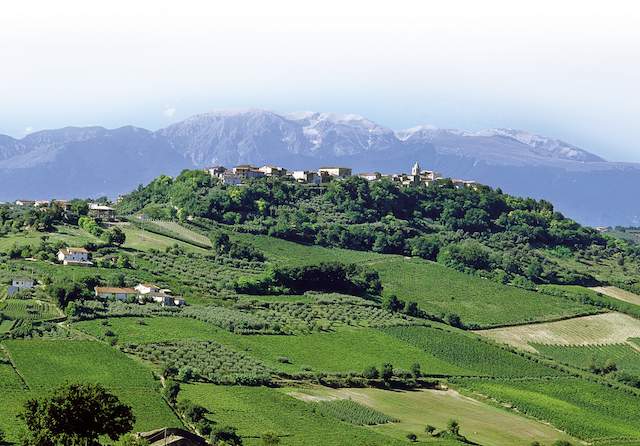
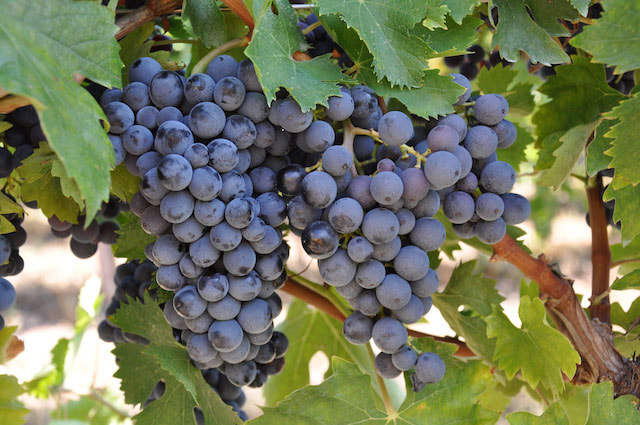
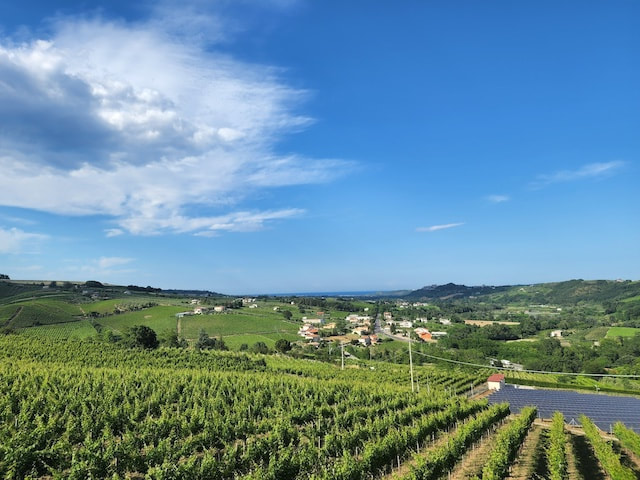
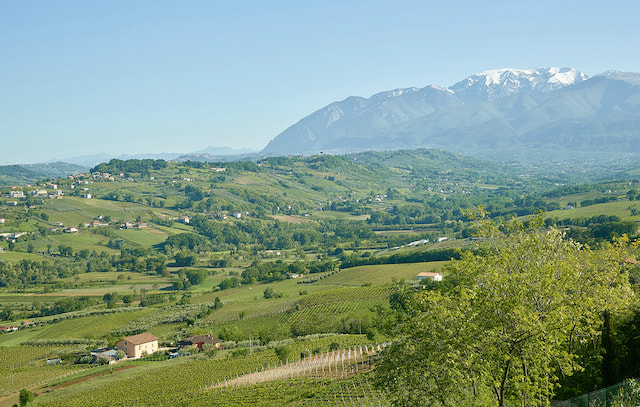
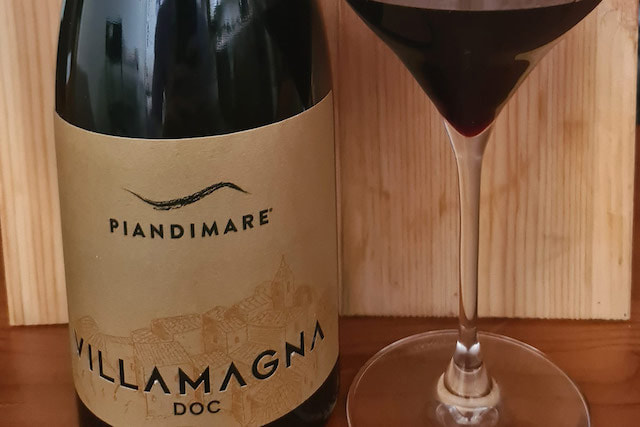
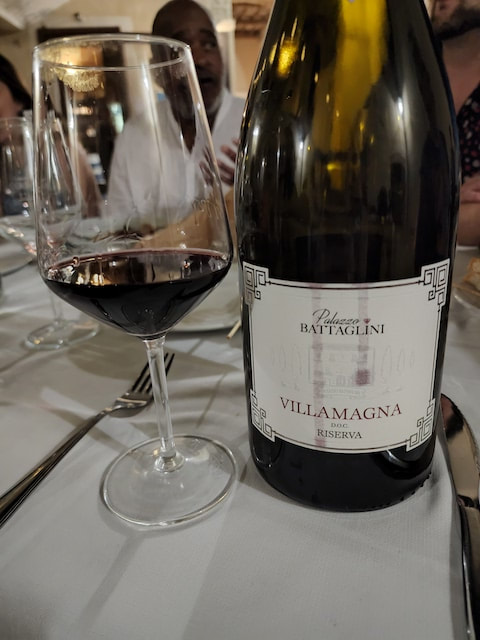
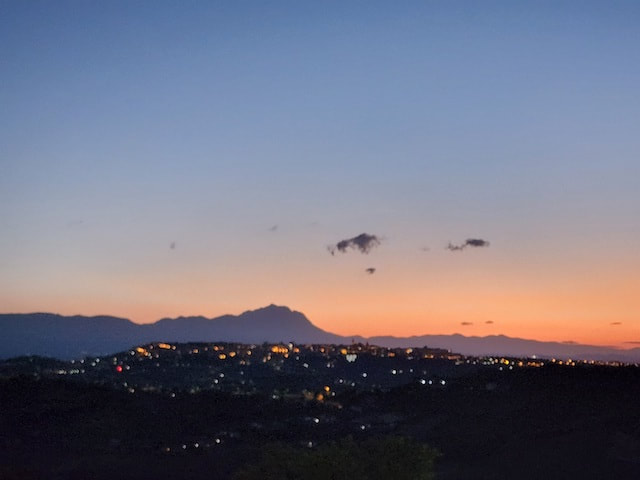
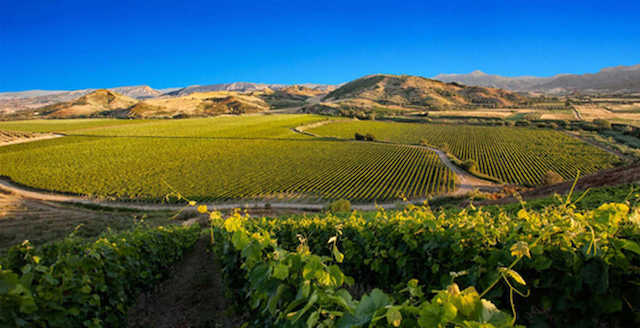
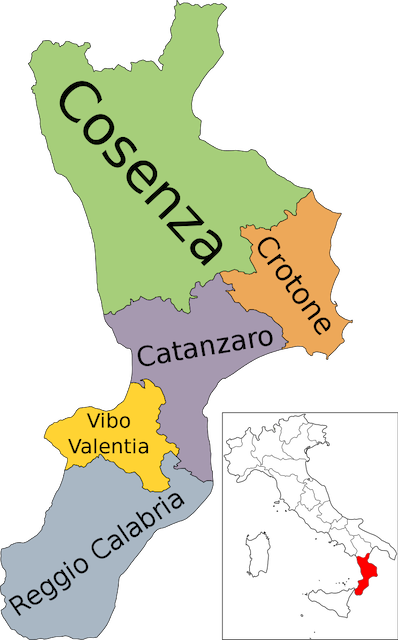
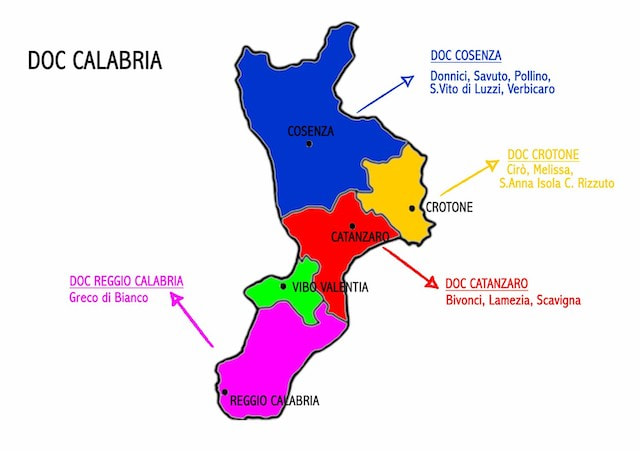
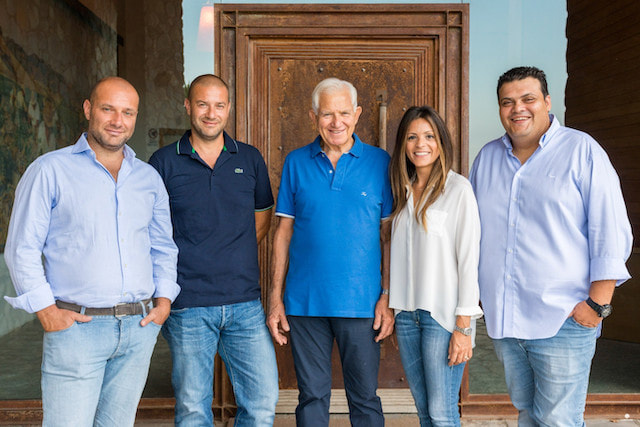
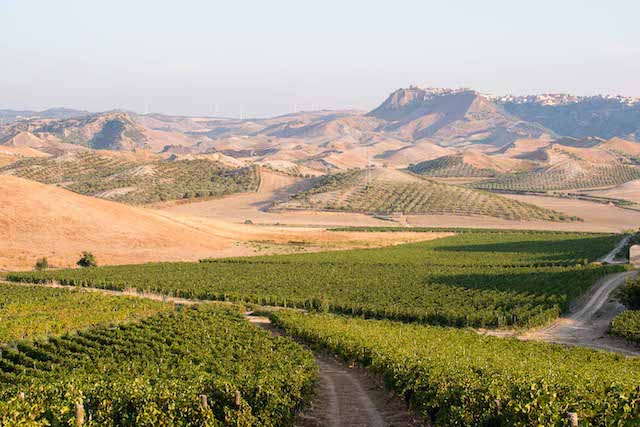
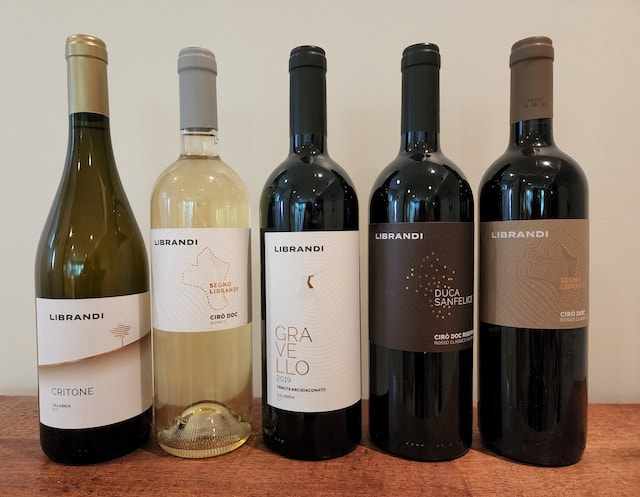
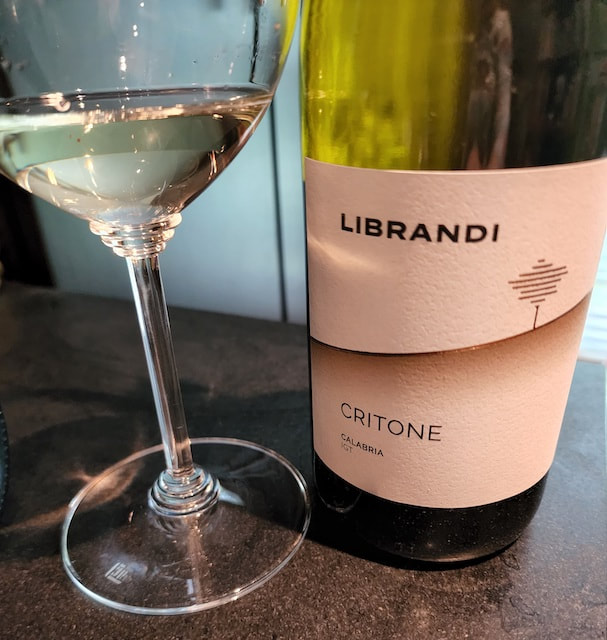
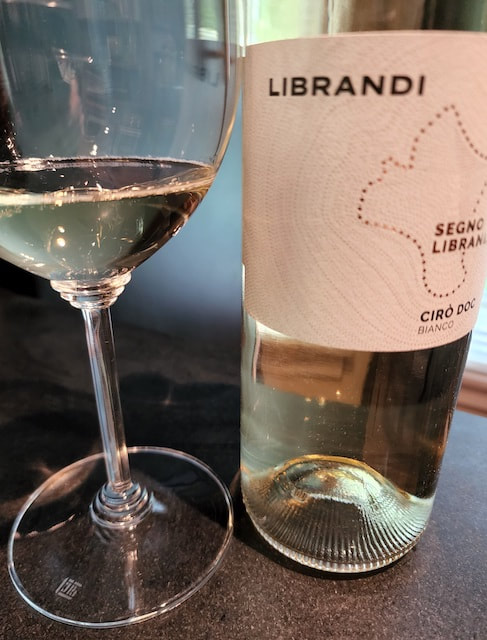
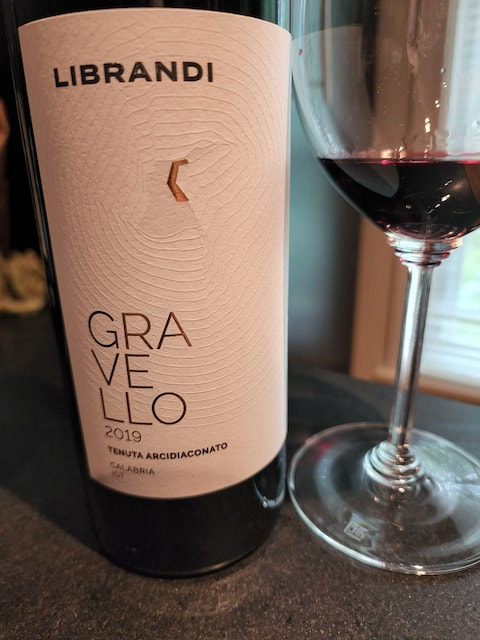
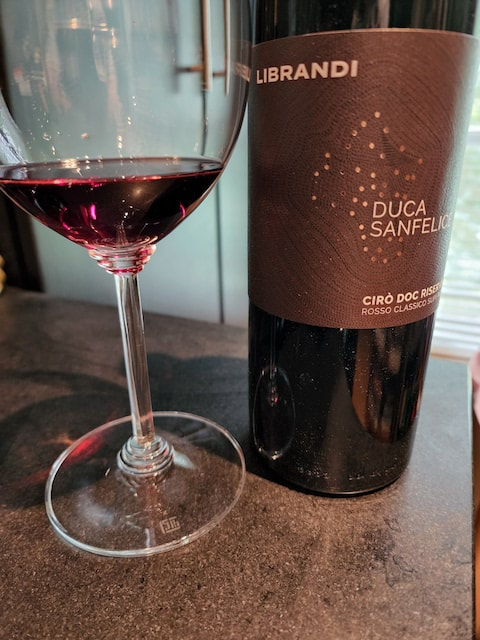
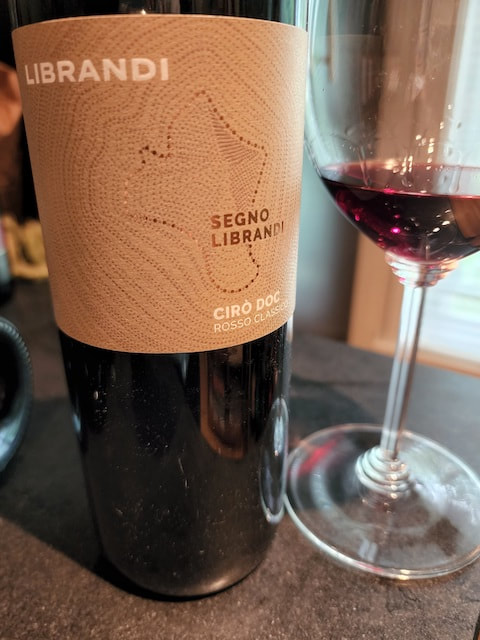
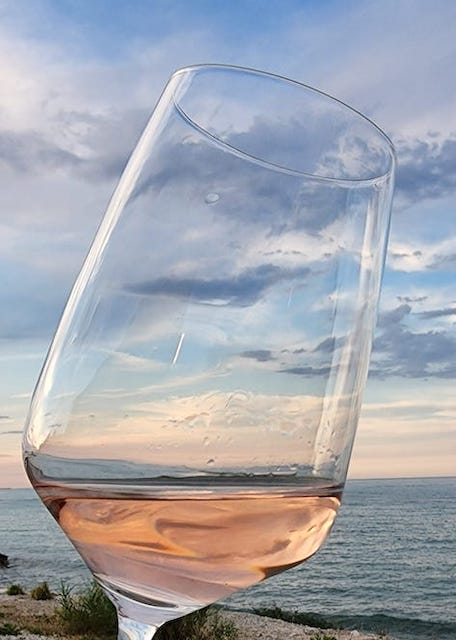
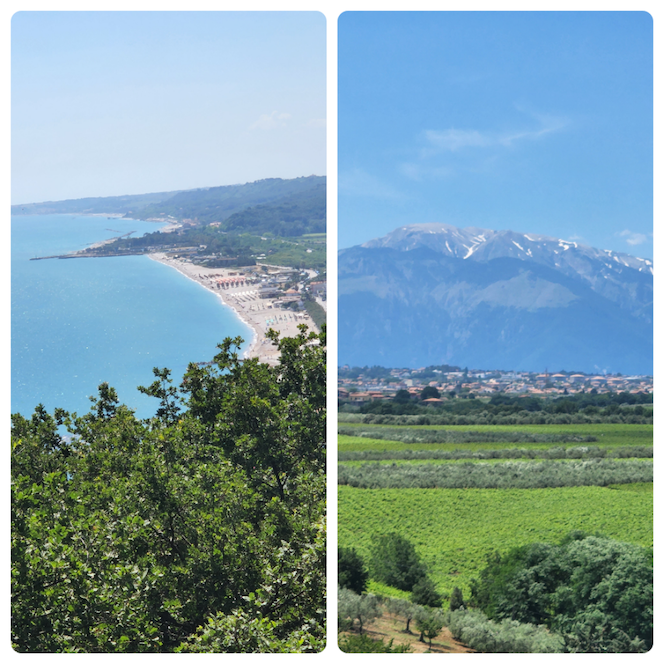
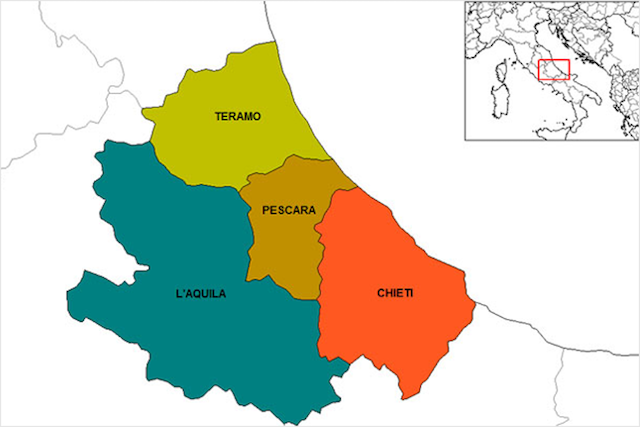
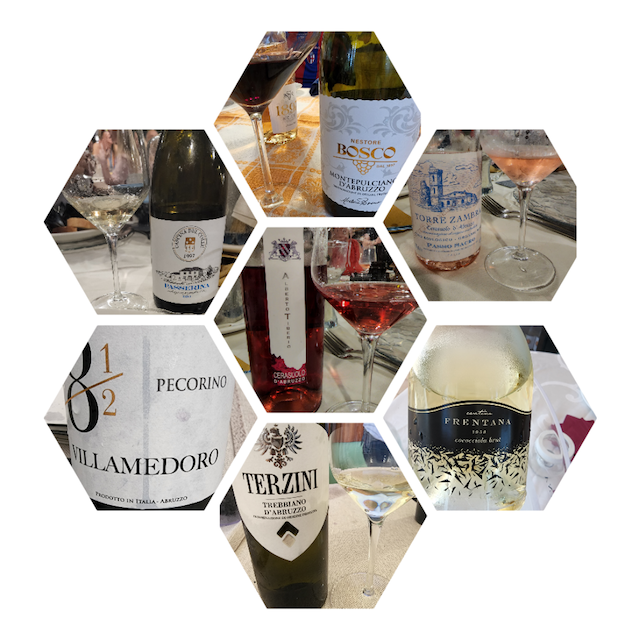
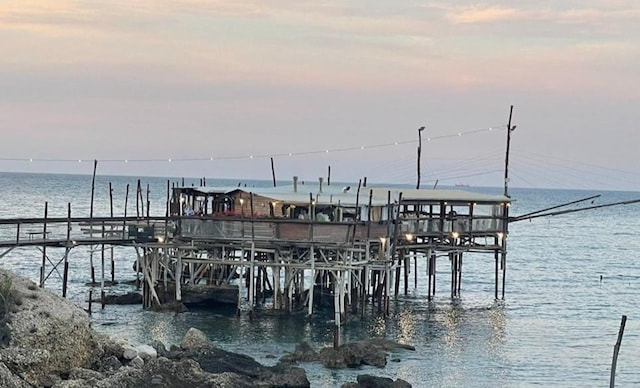
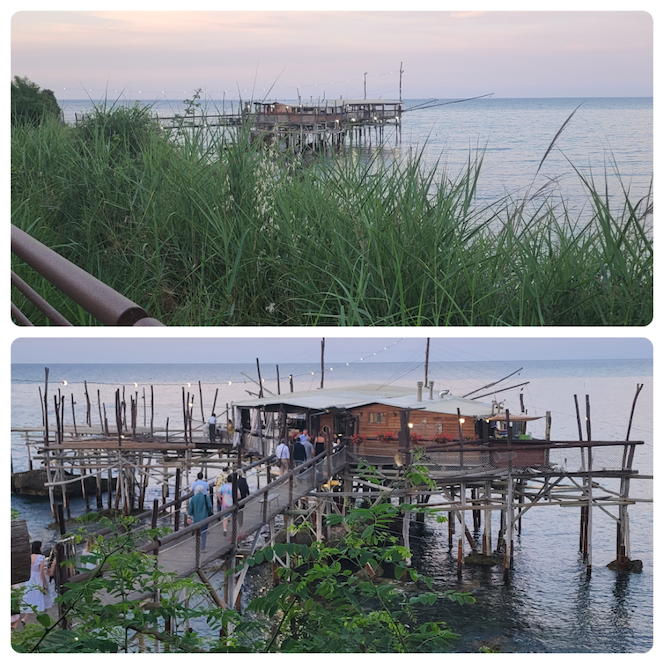
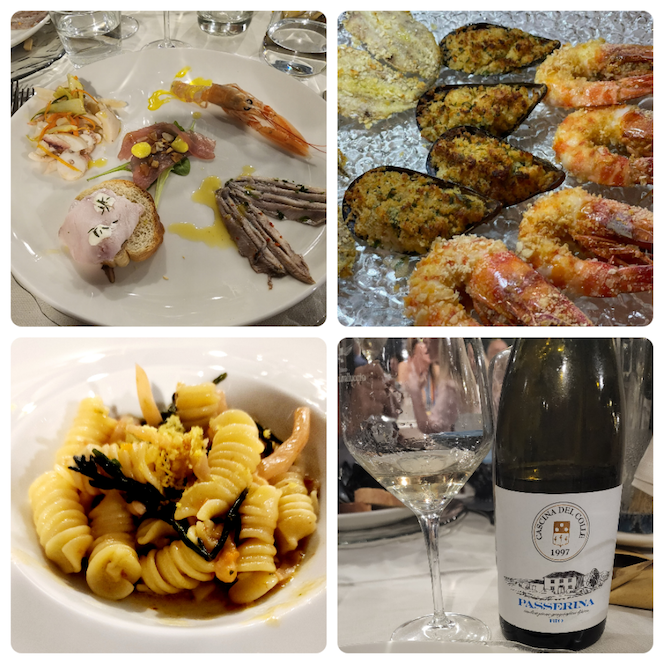
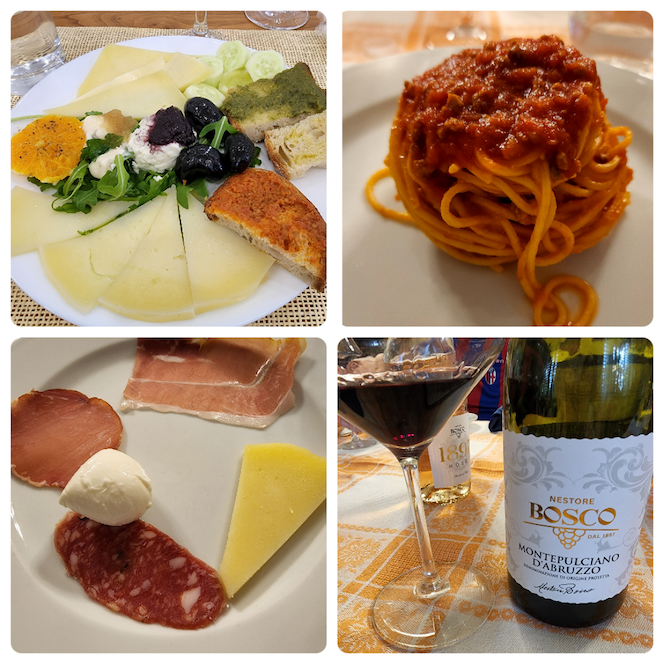
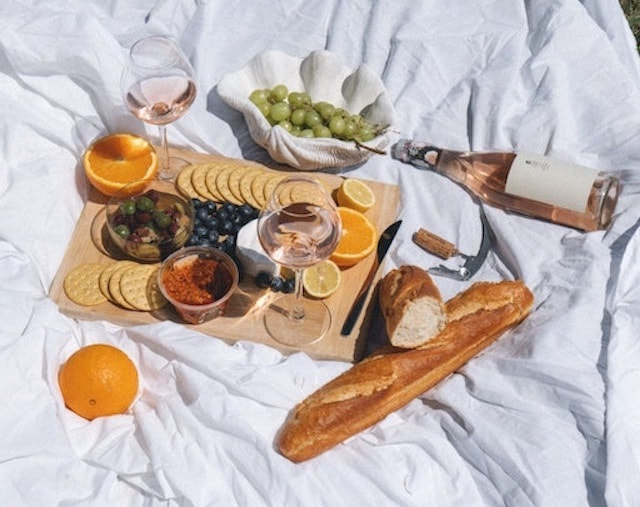
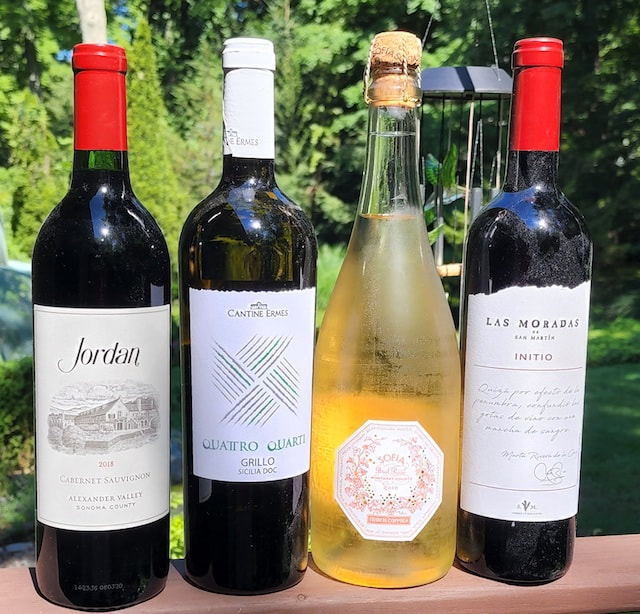
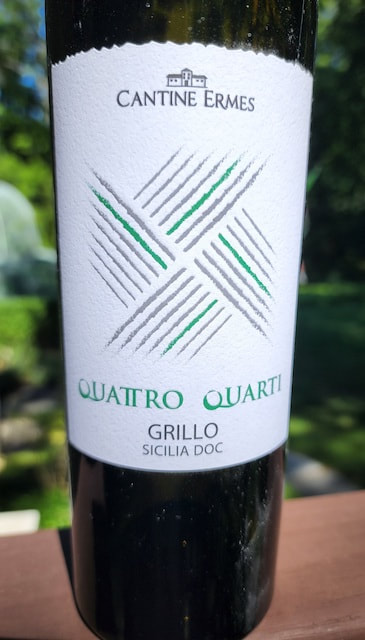
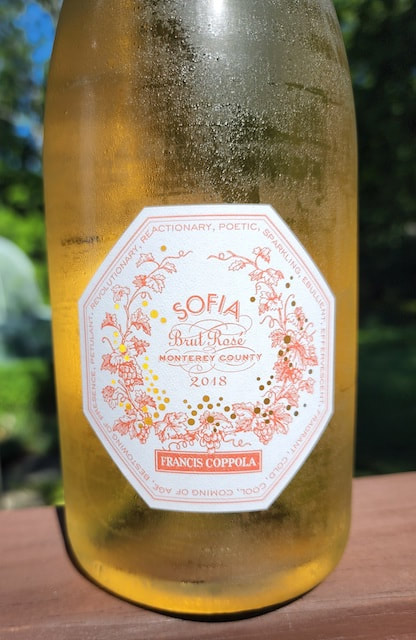
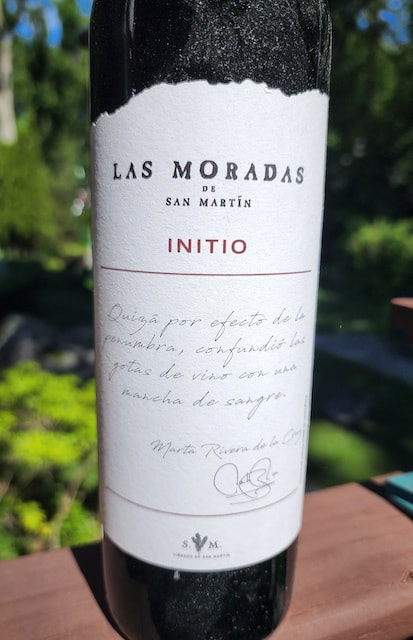

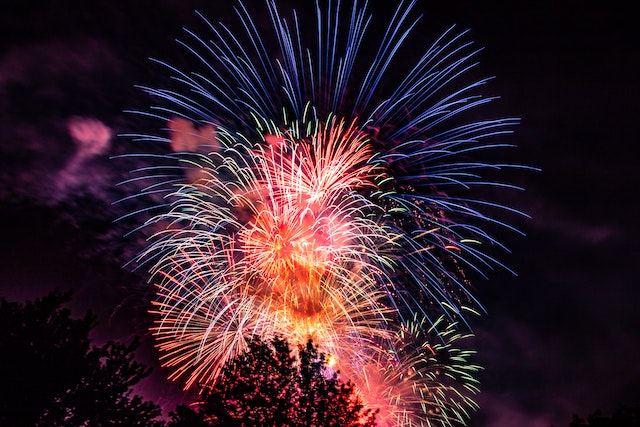
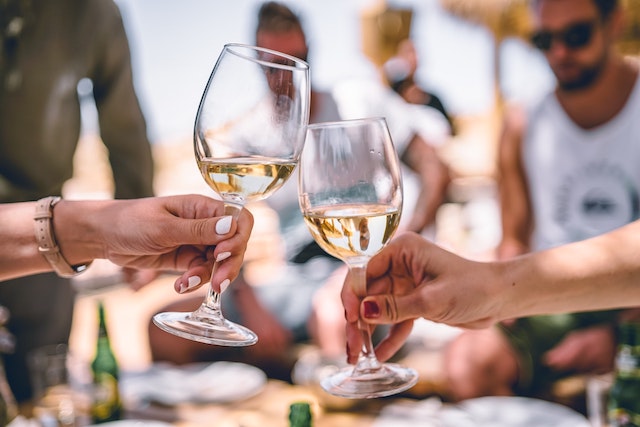
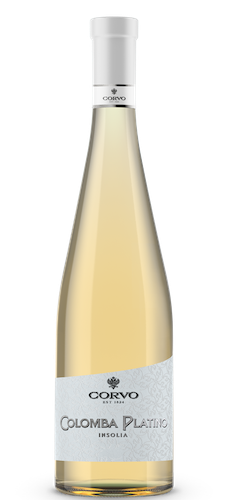
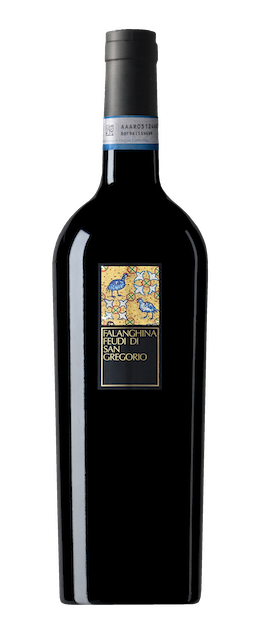
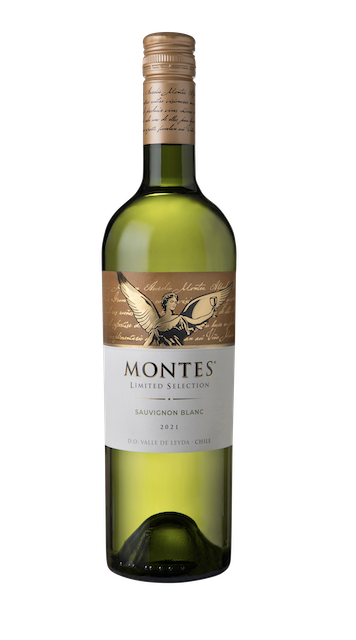
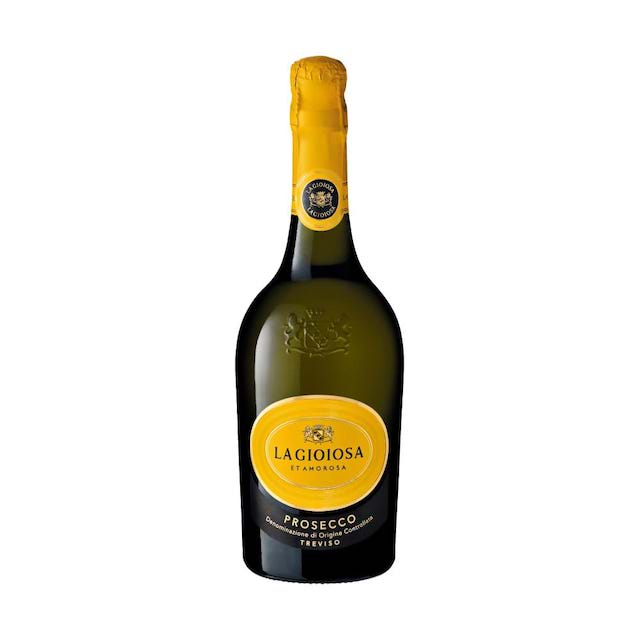


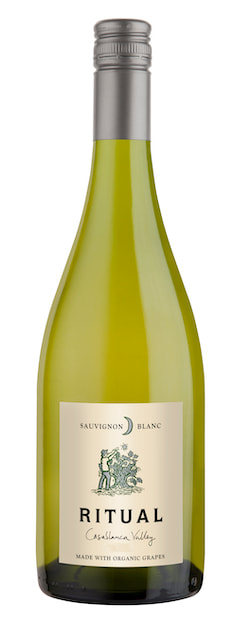
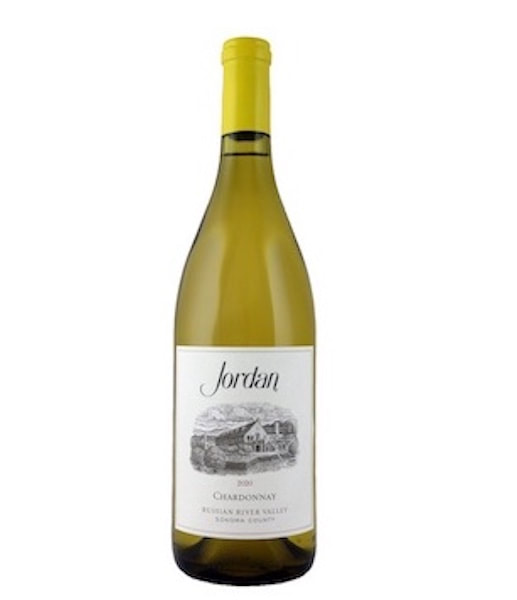
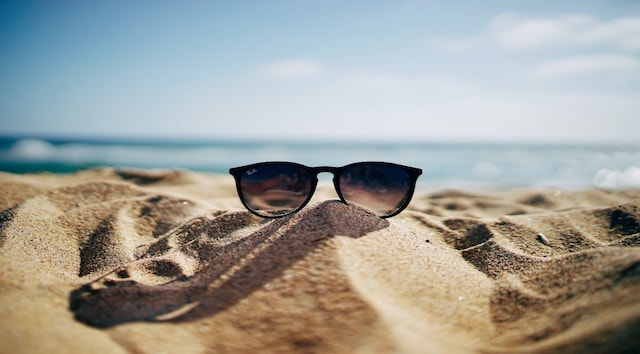
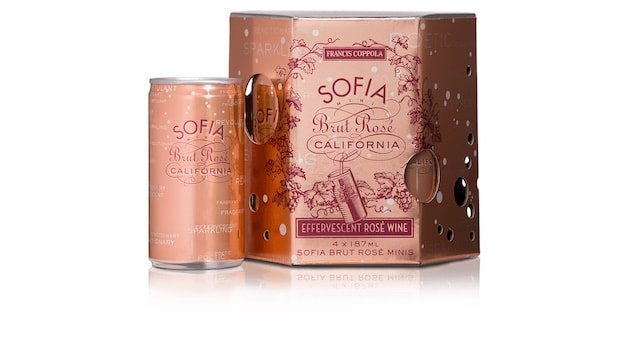
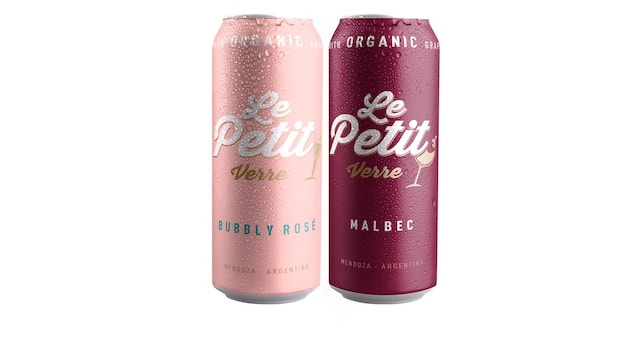
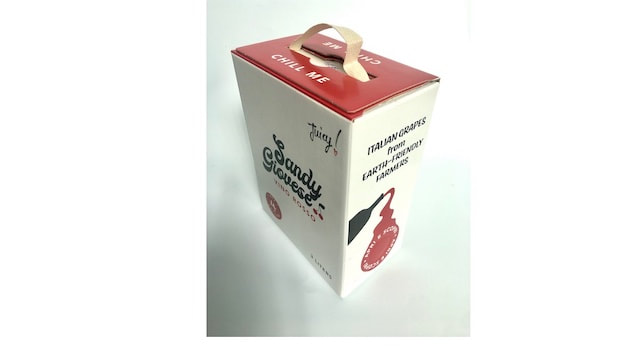
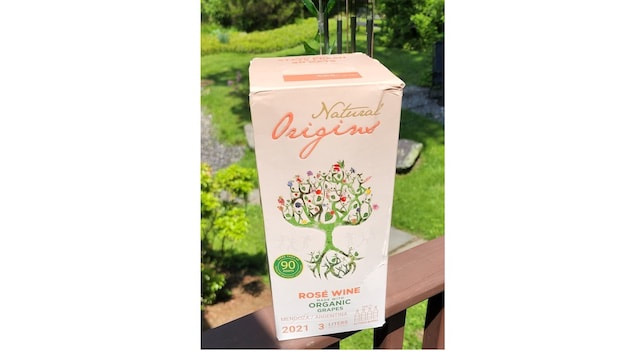
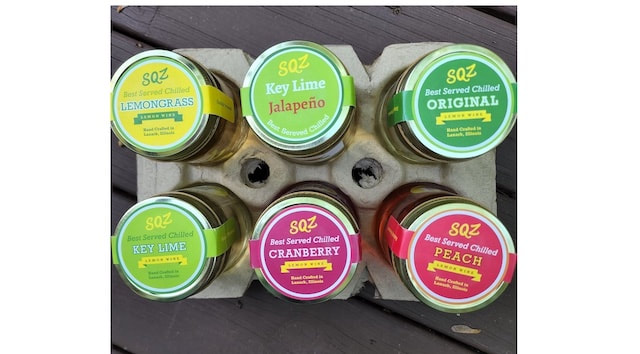
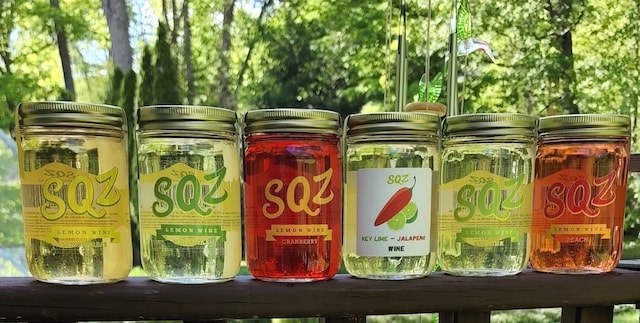
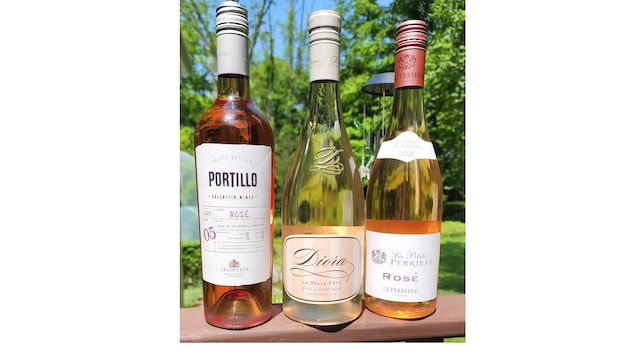
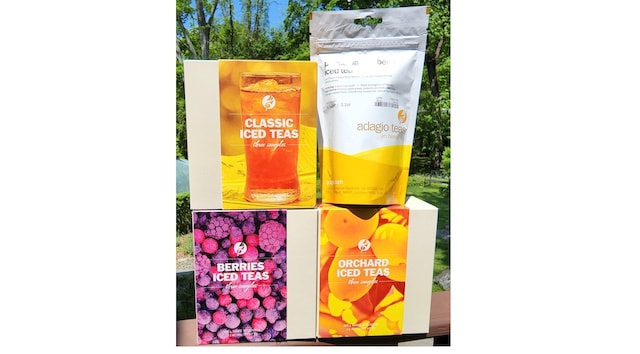
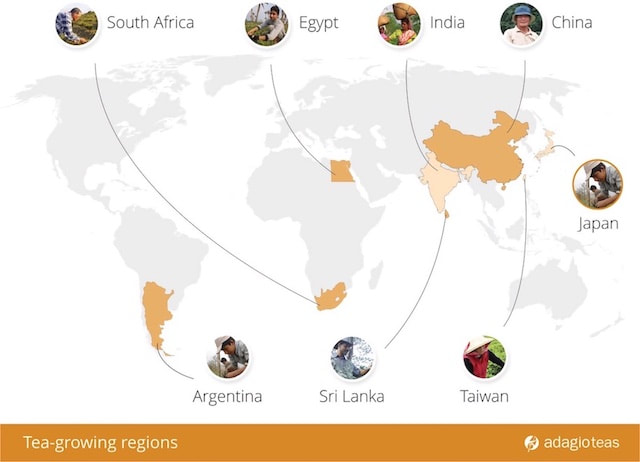
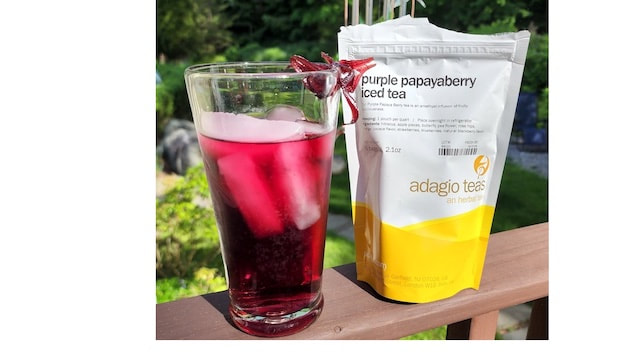
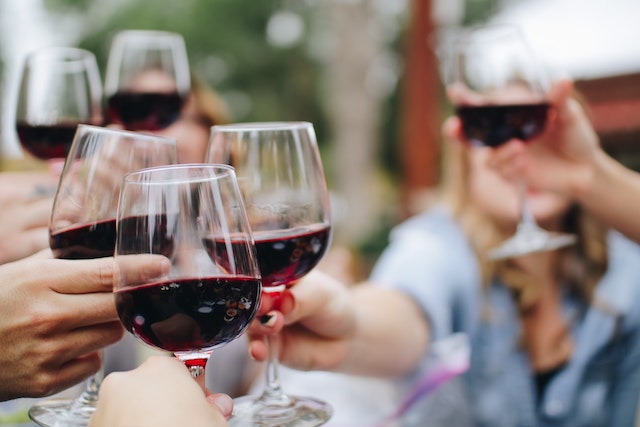
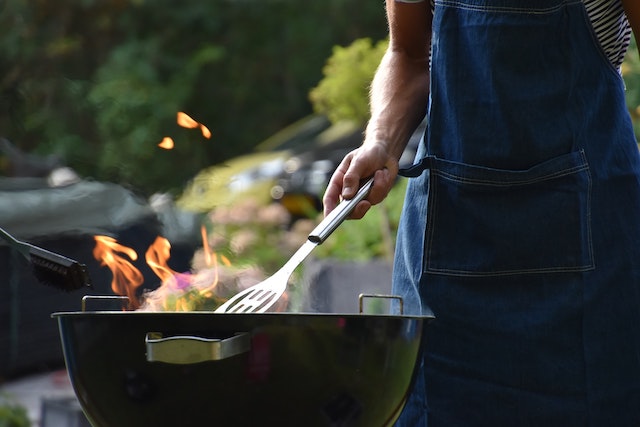
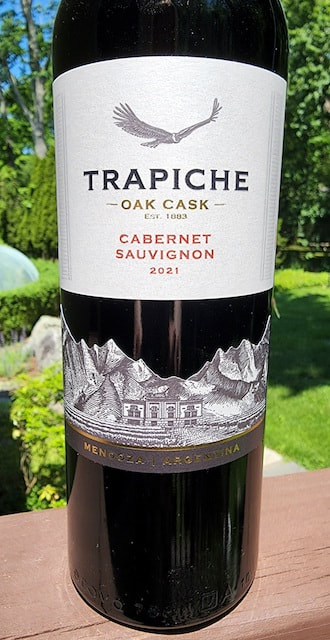
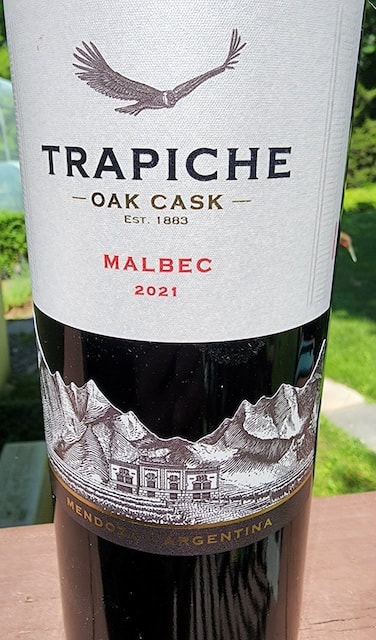
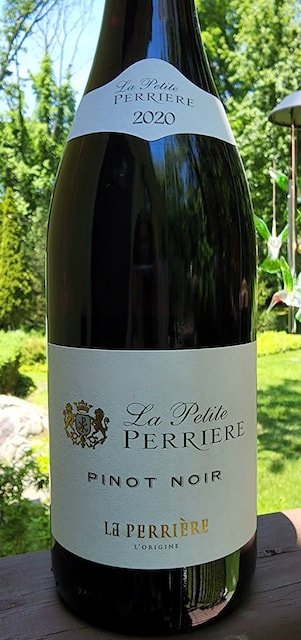
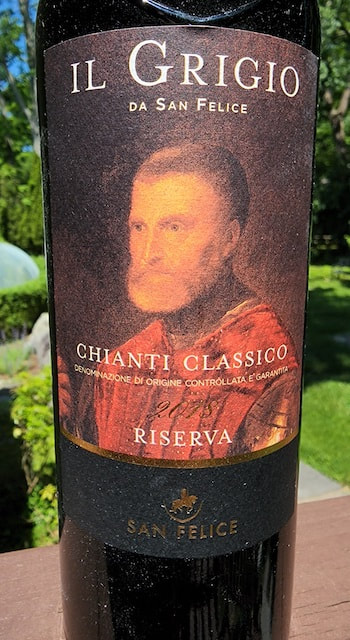
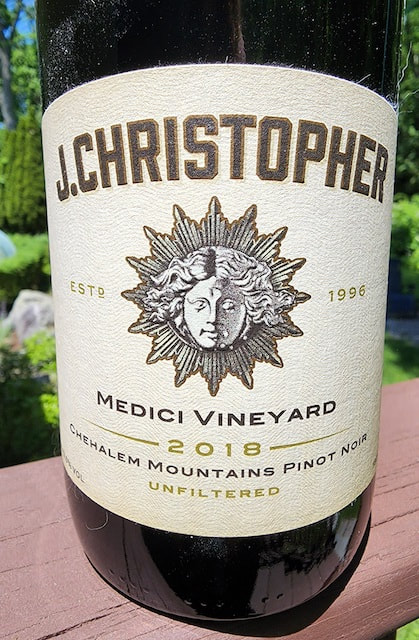
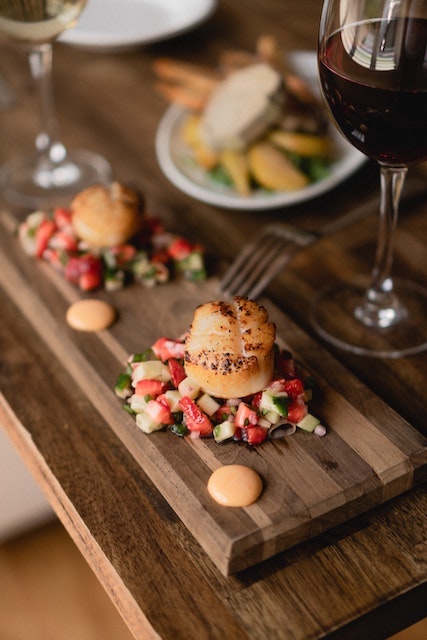
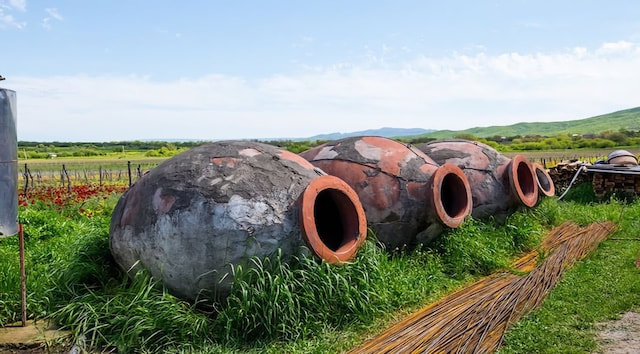
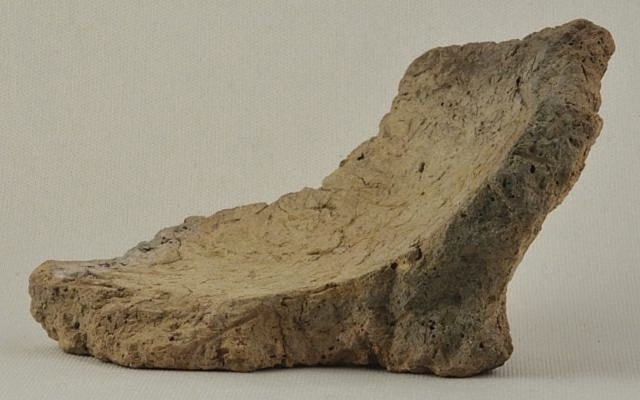
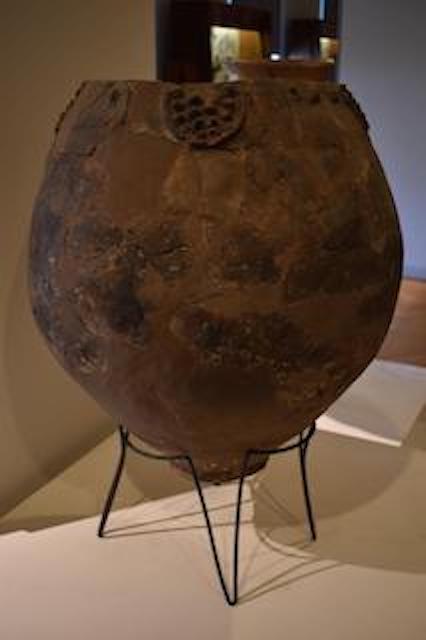
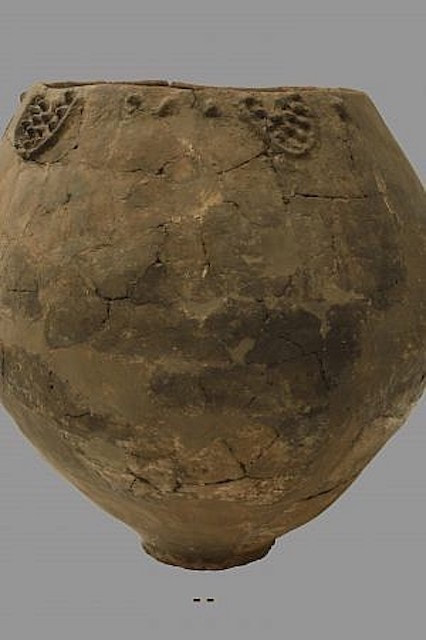
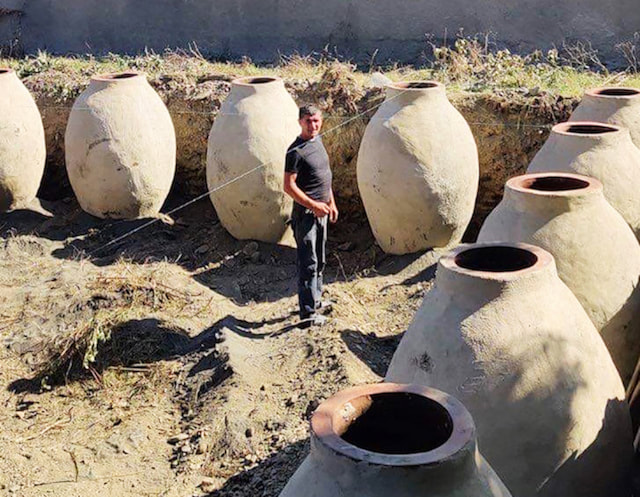
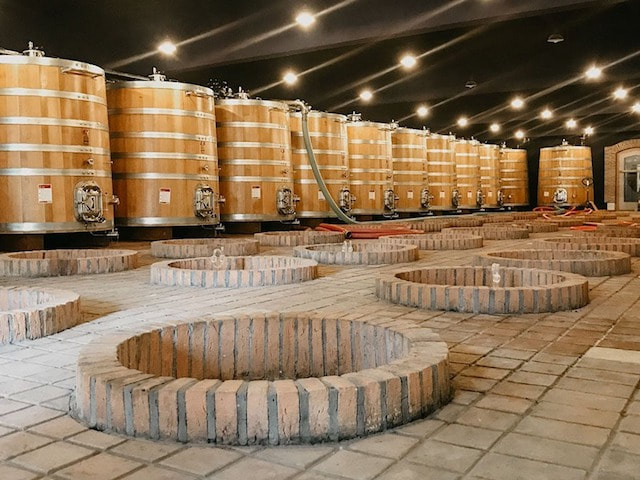
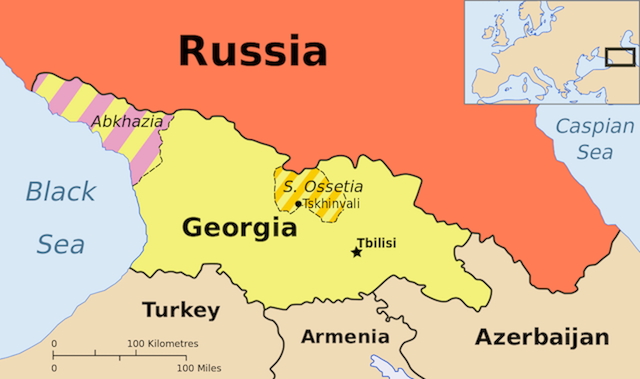
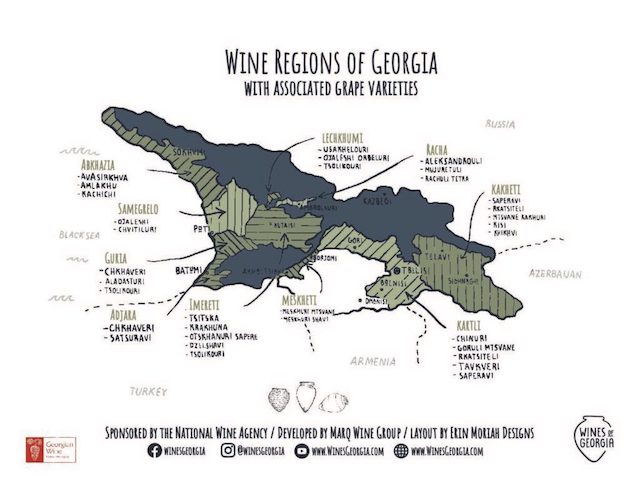
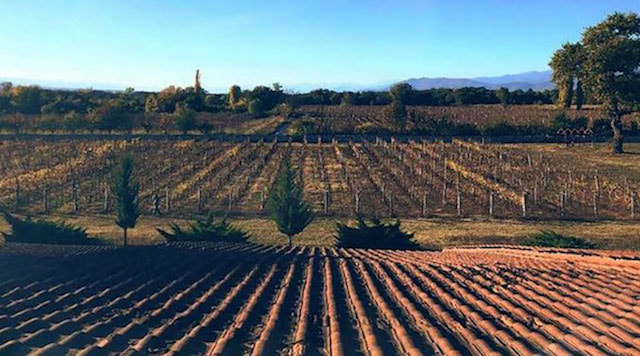
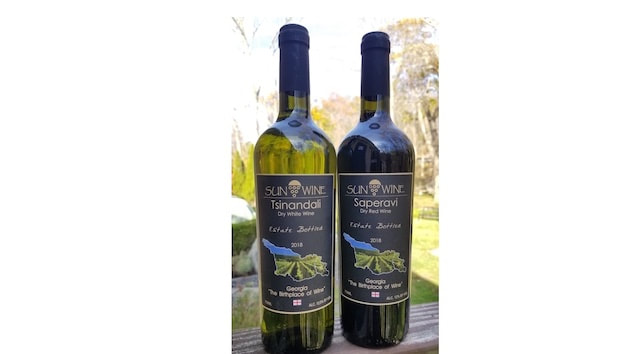
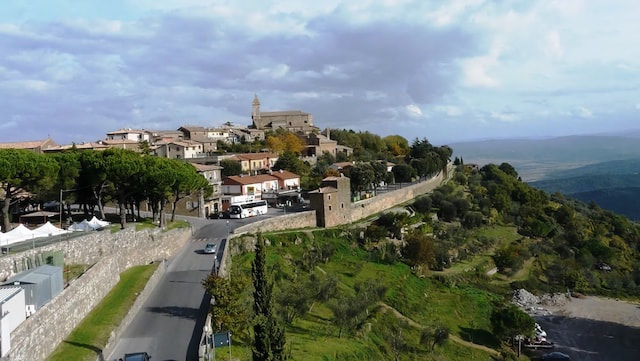
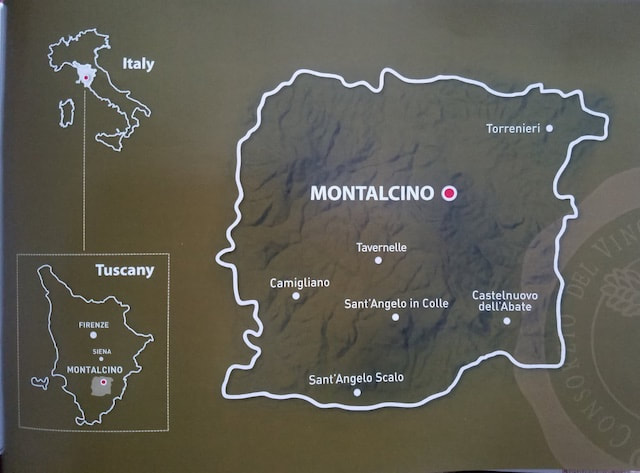
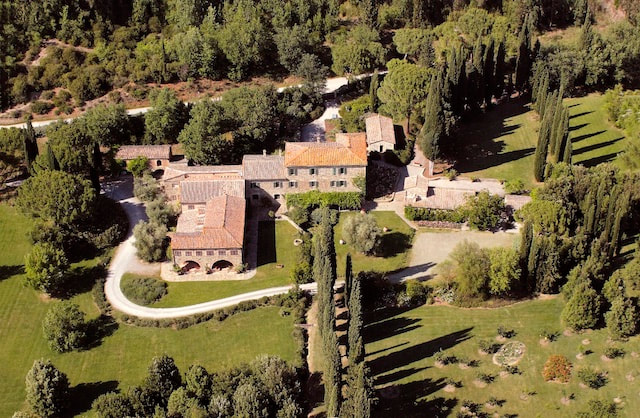
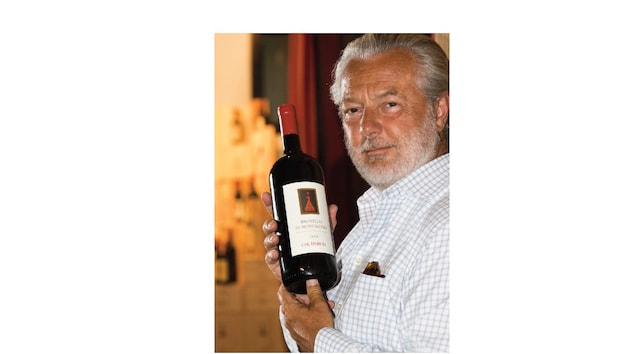
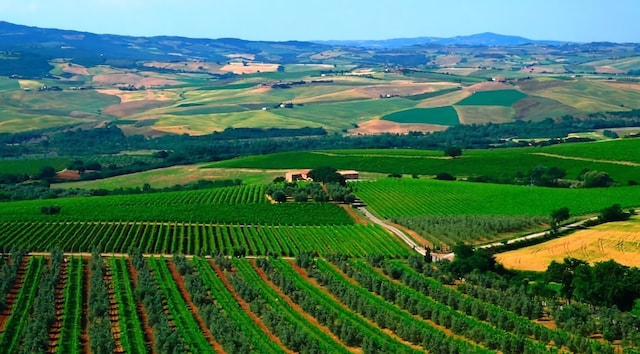






 RSS Feed
RSS Feed